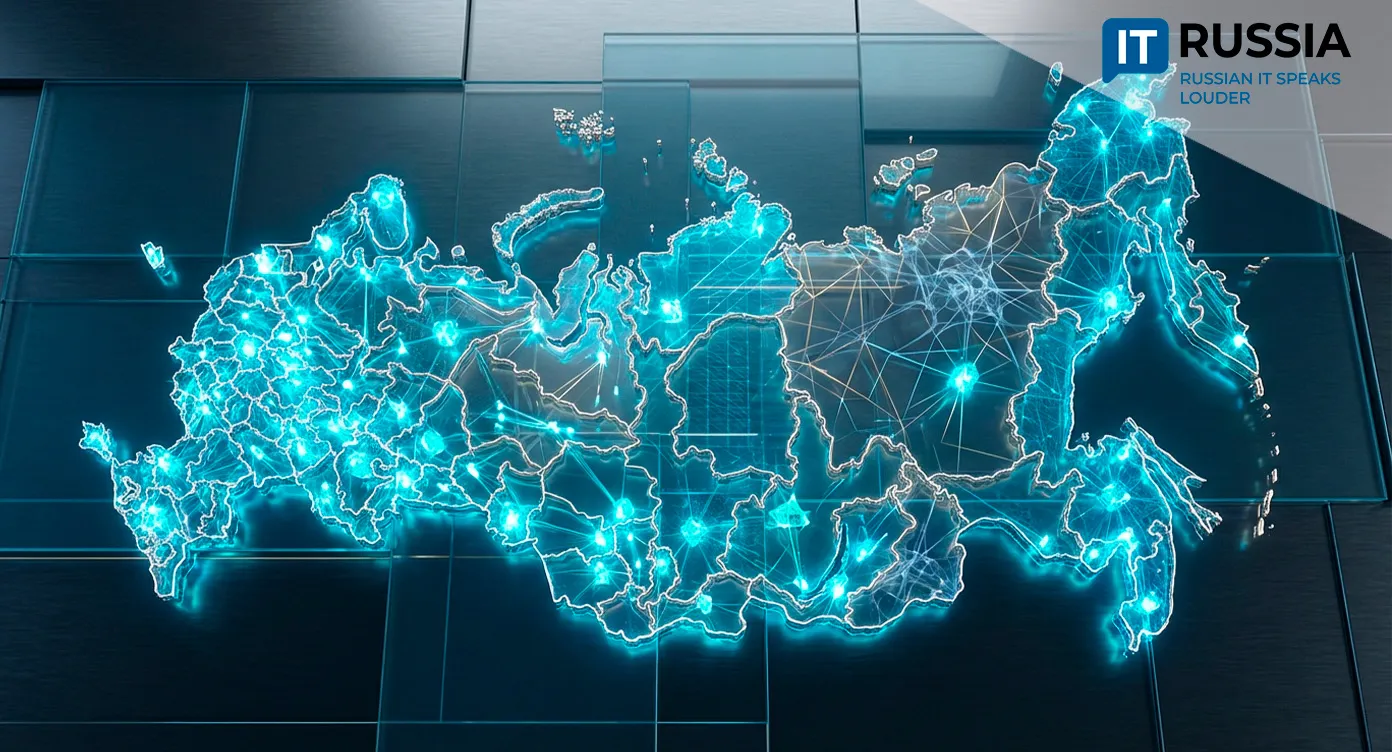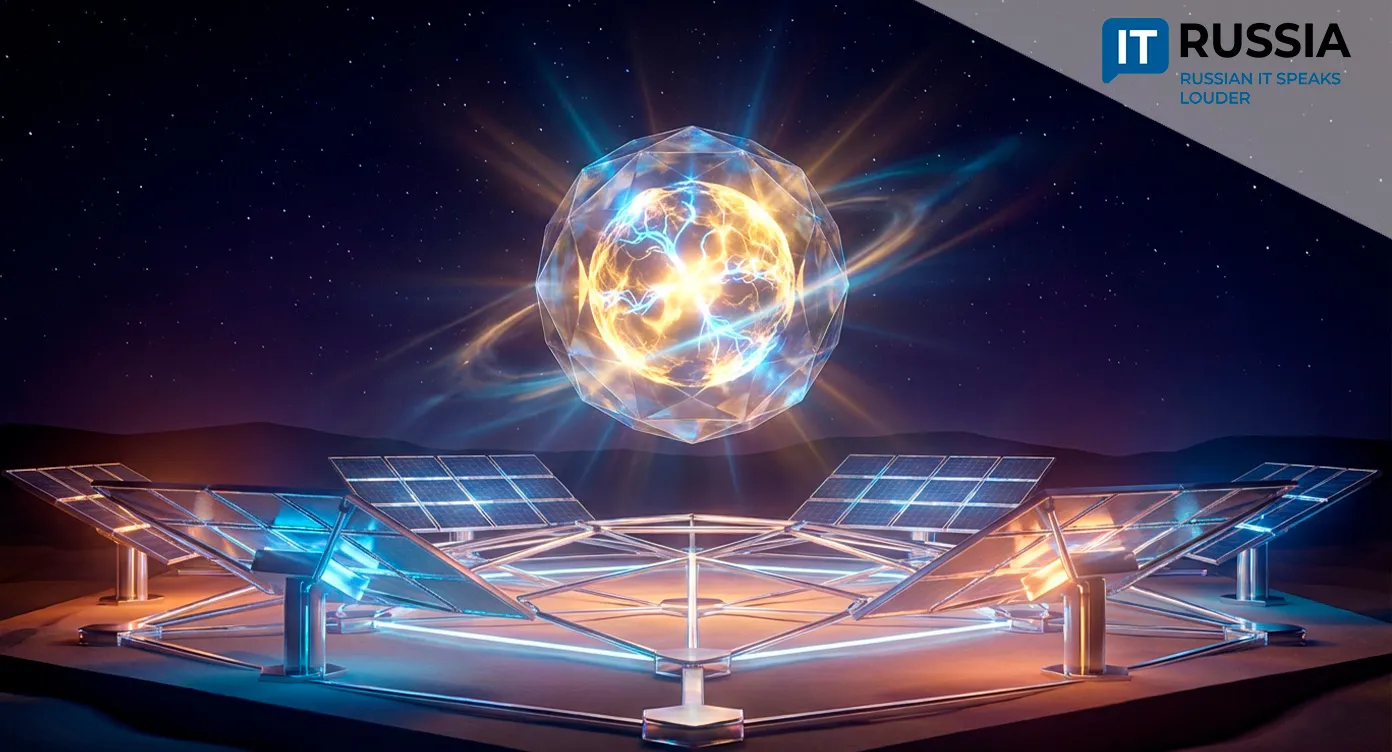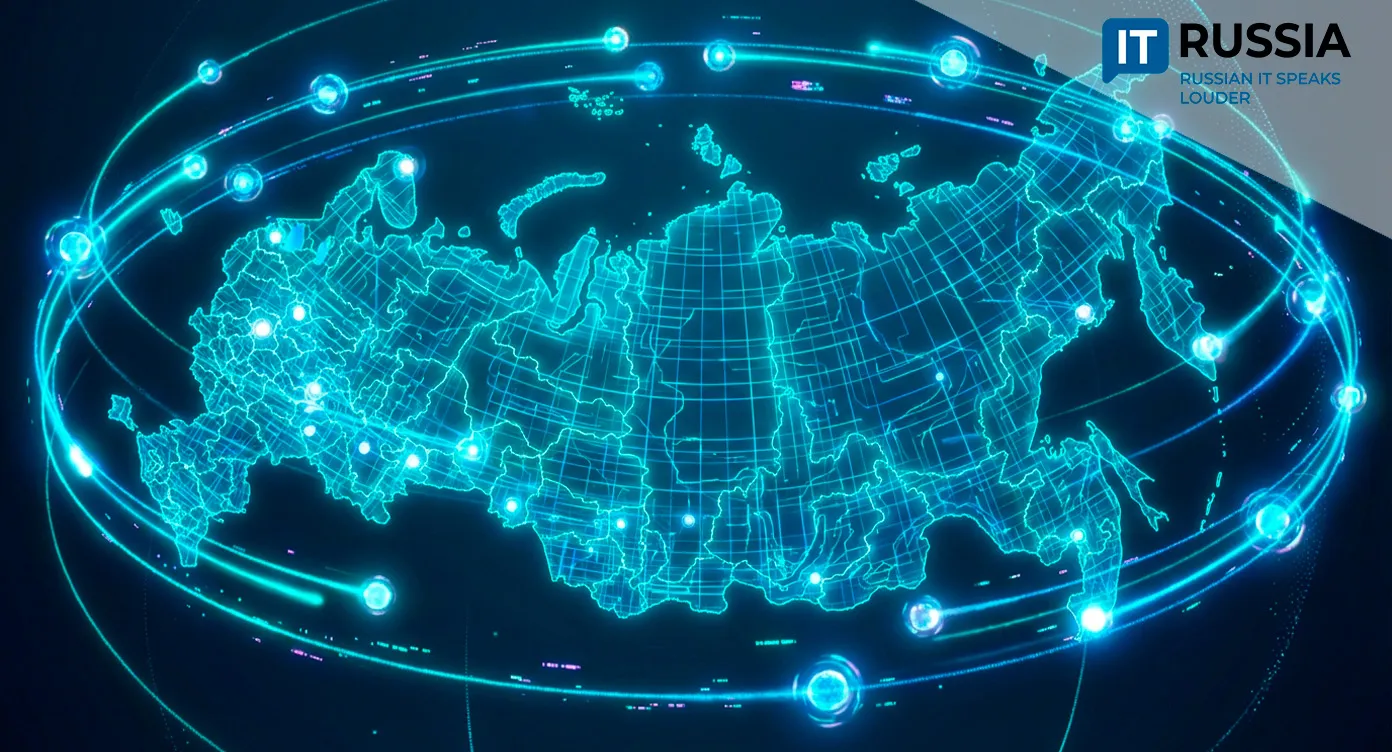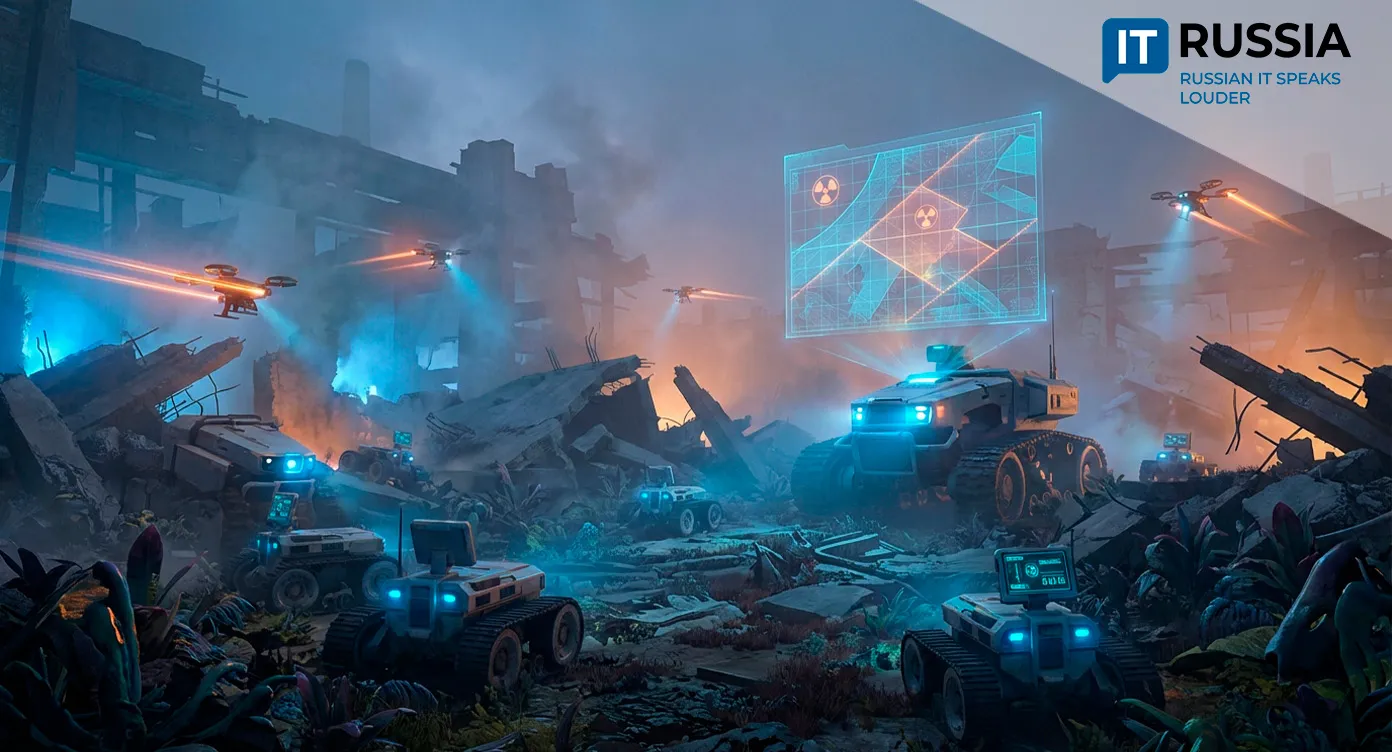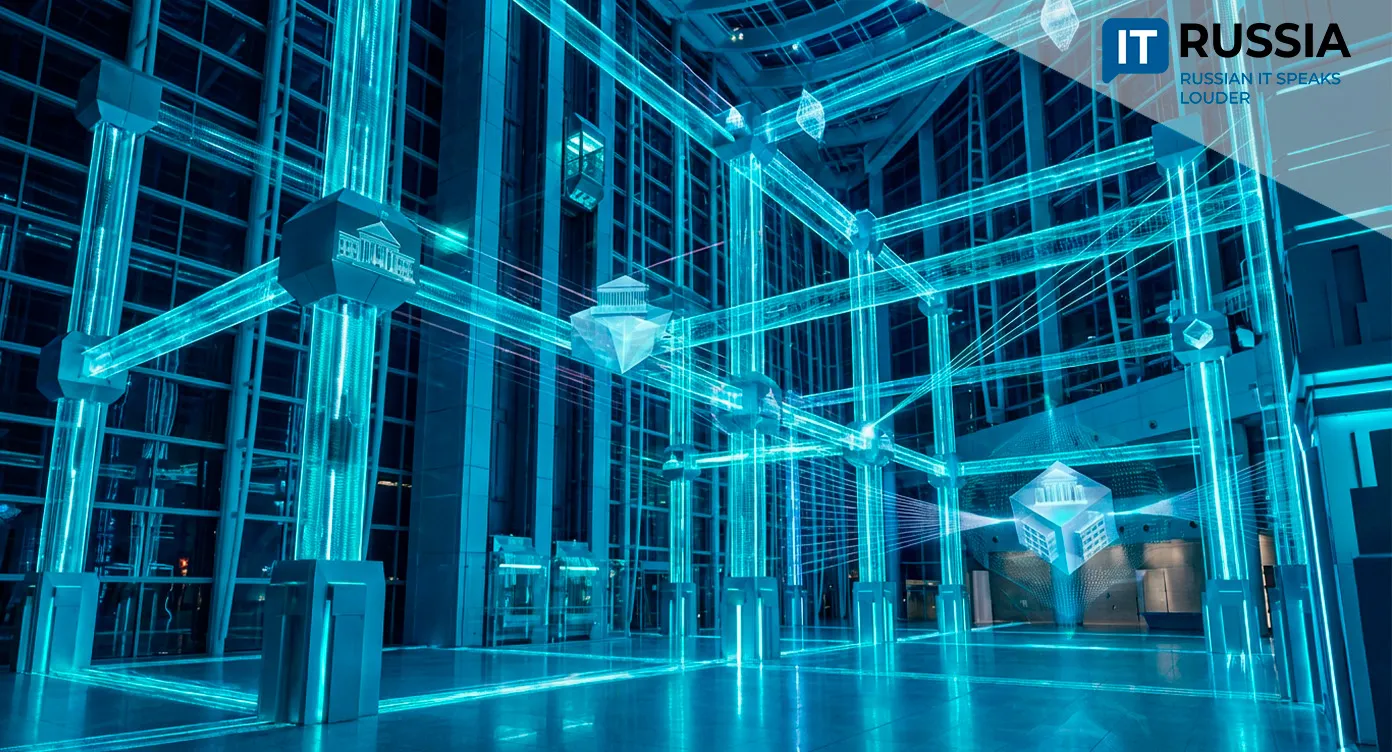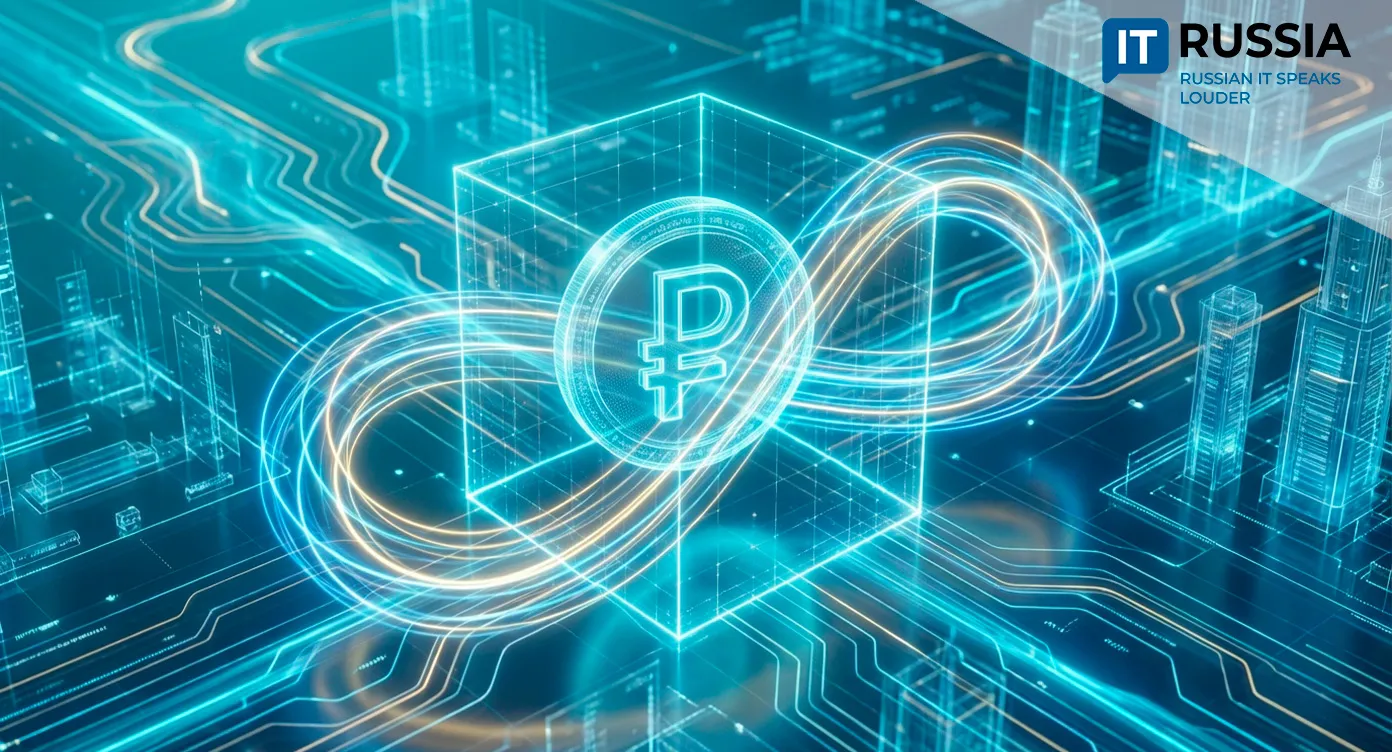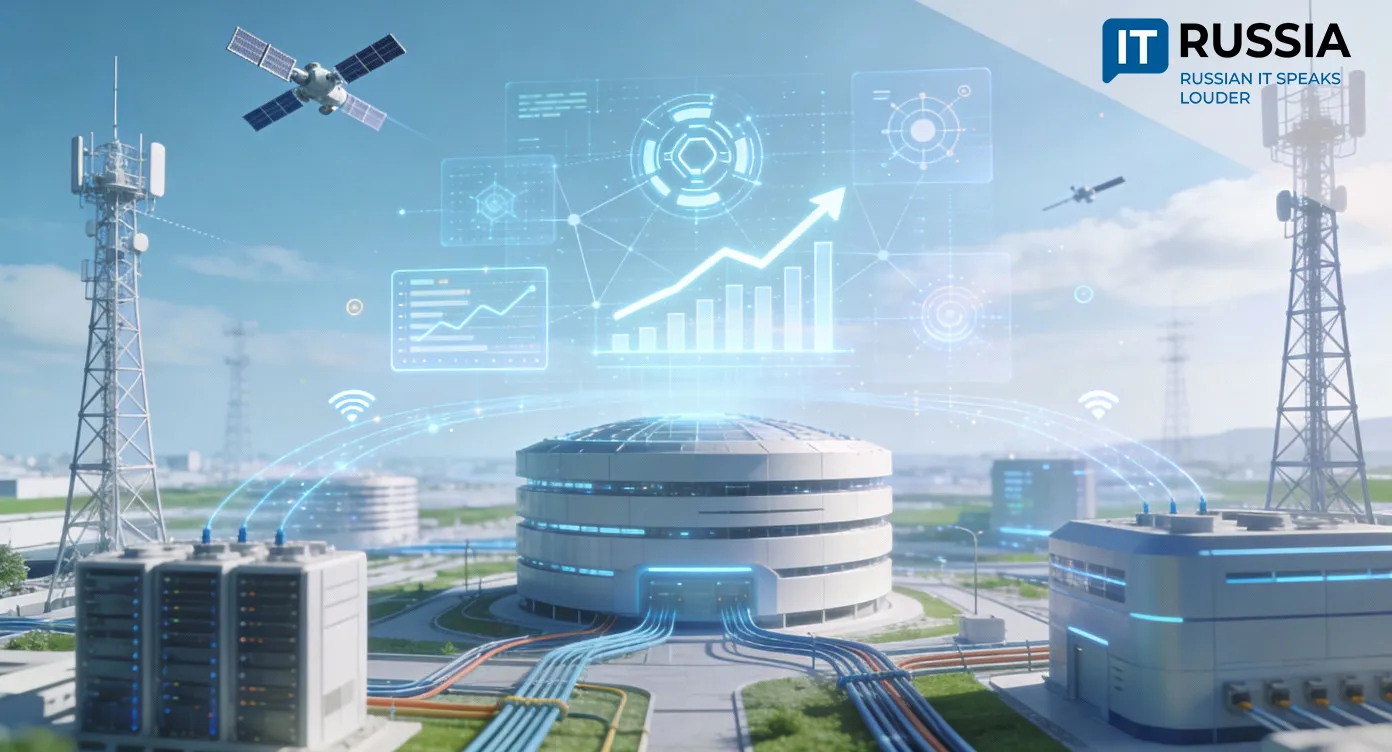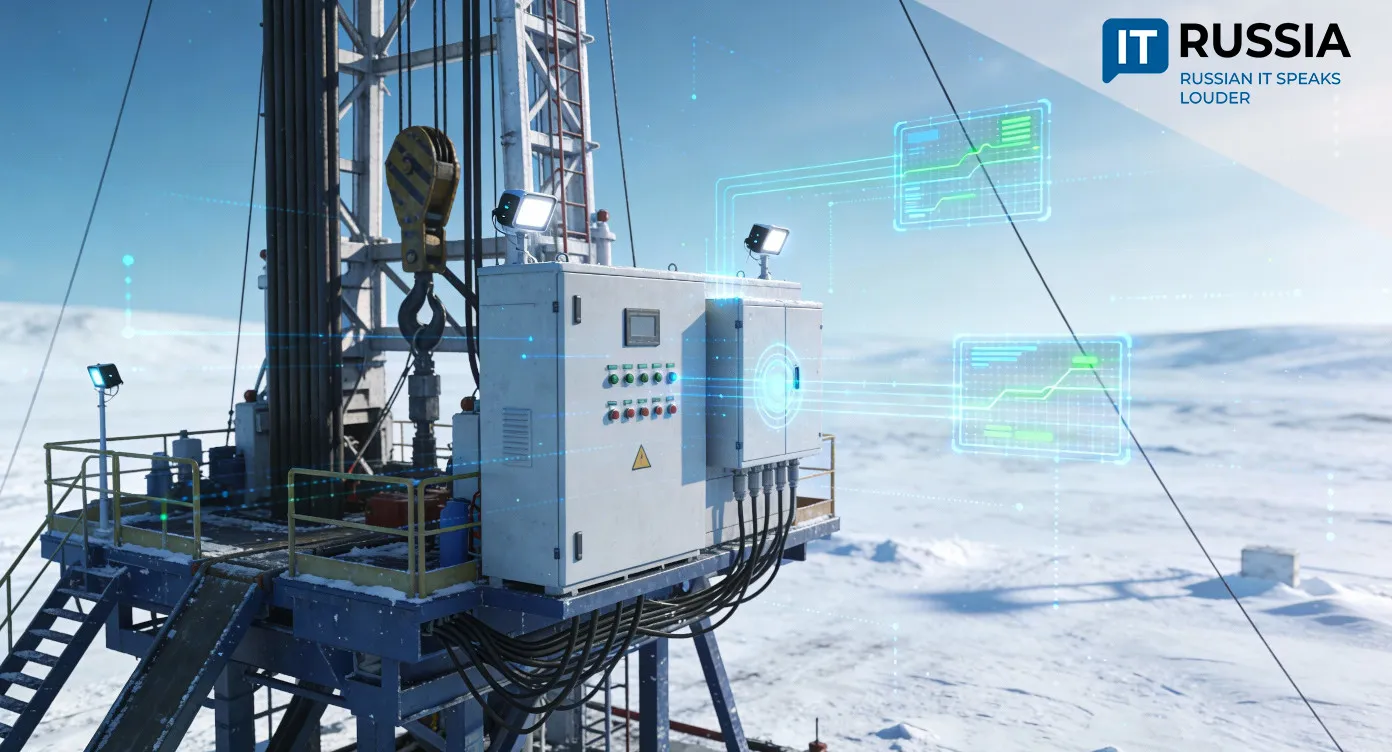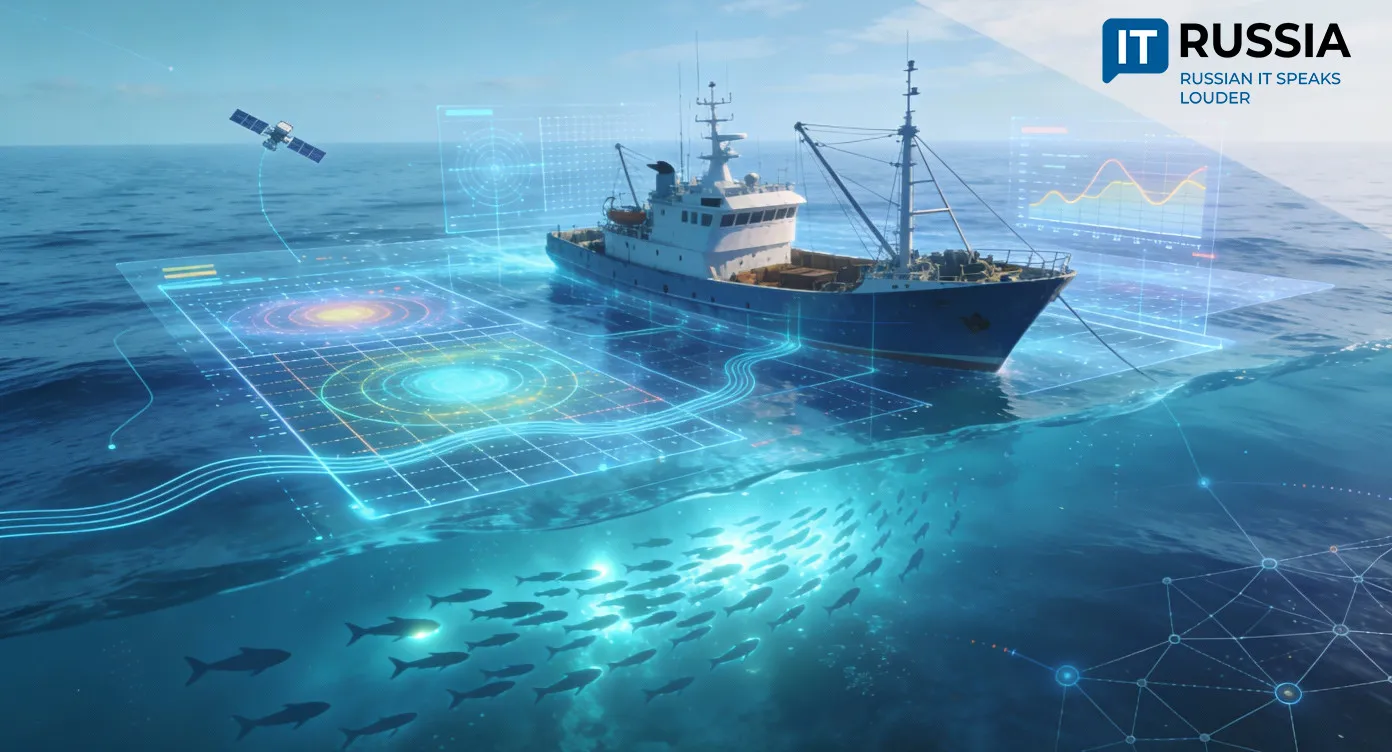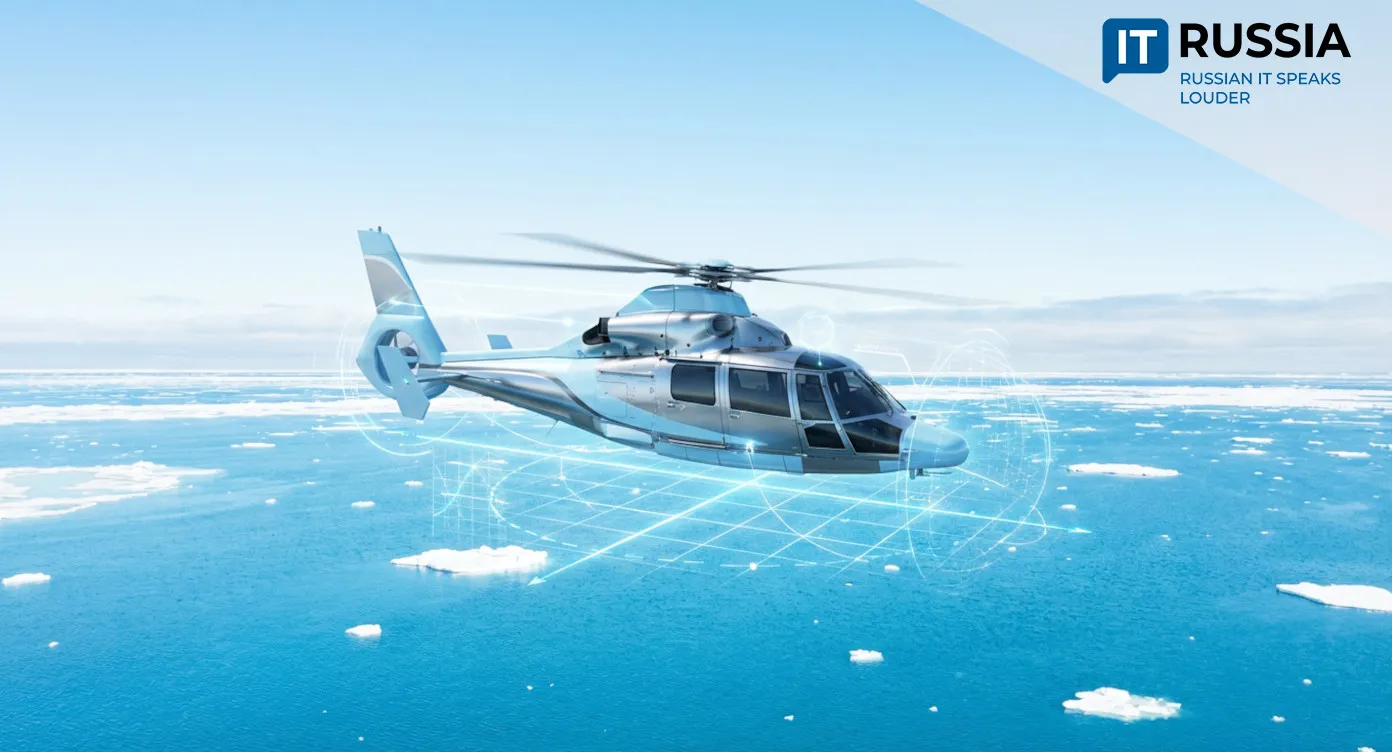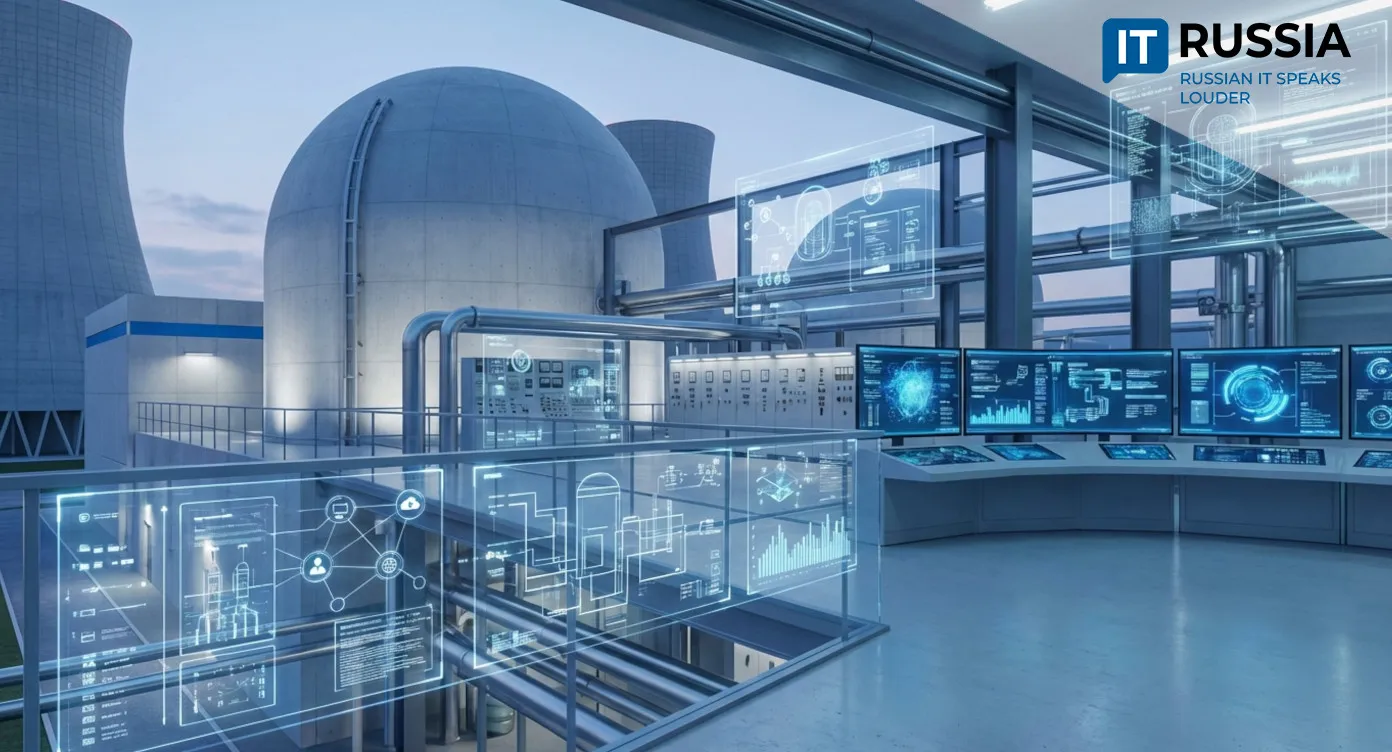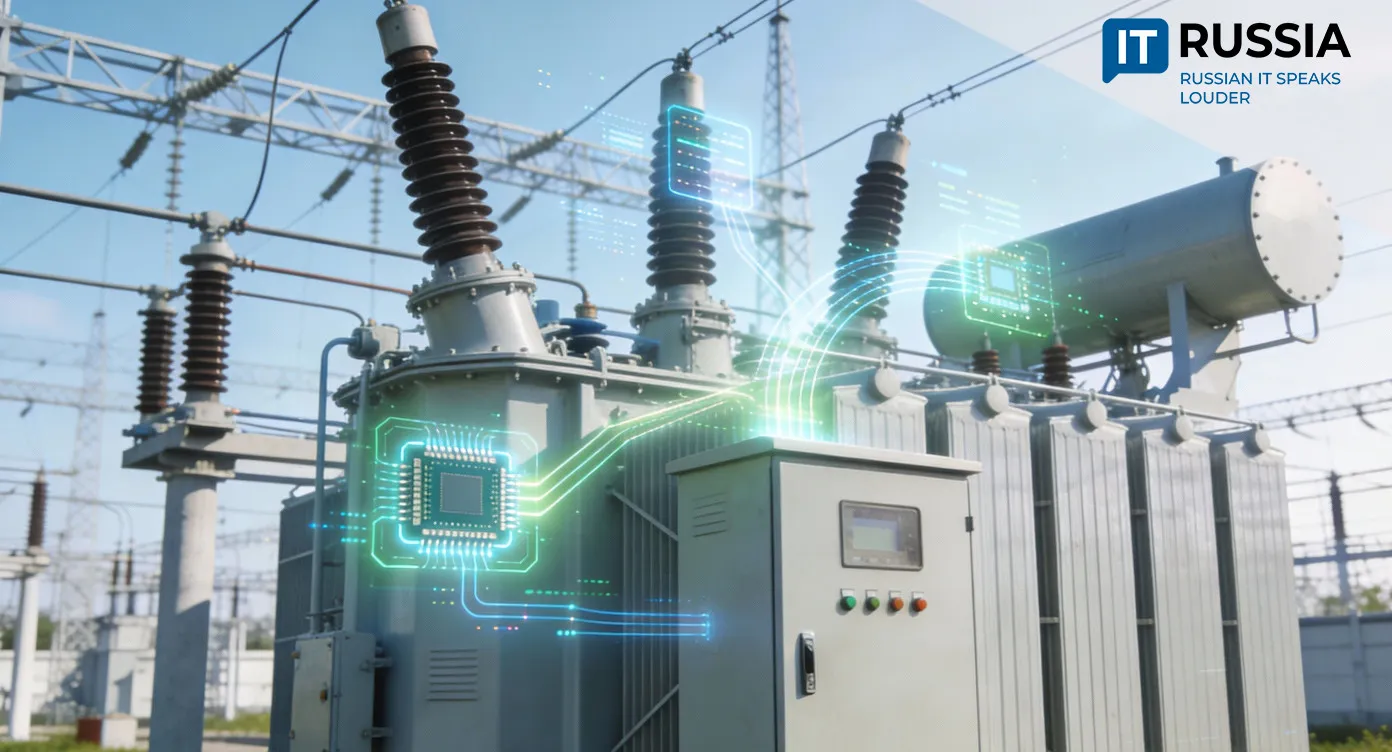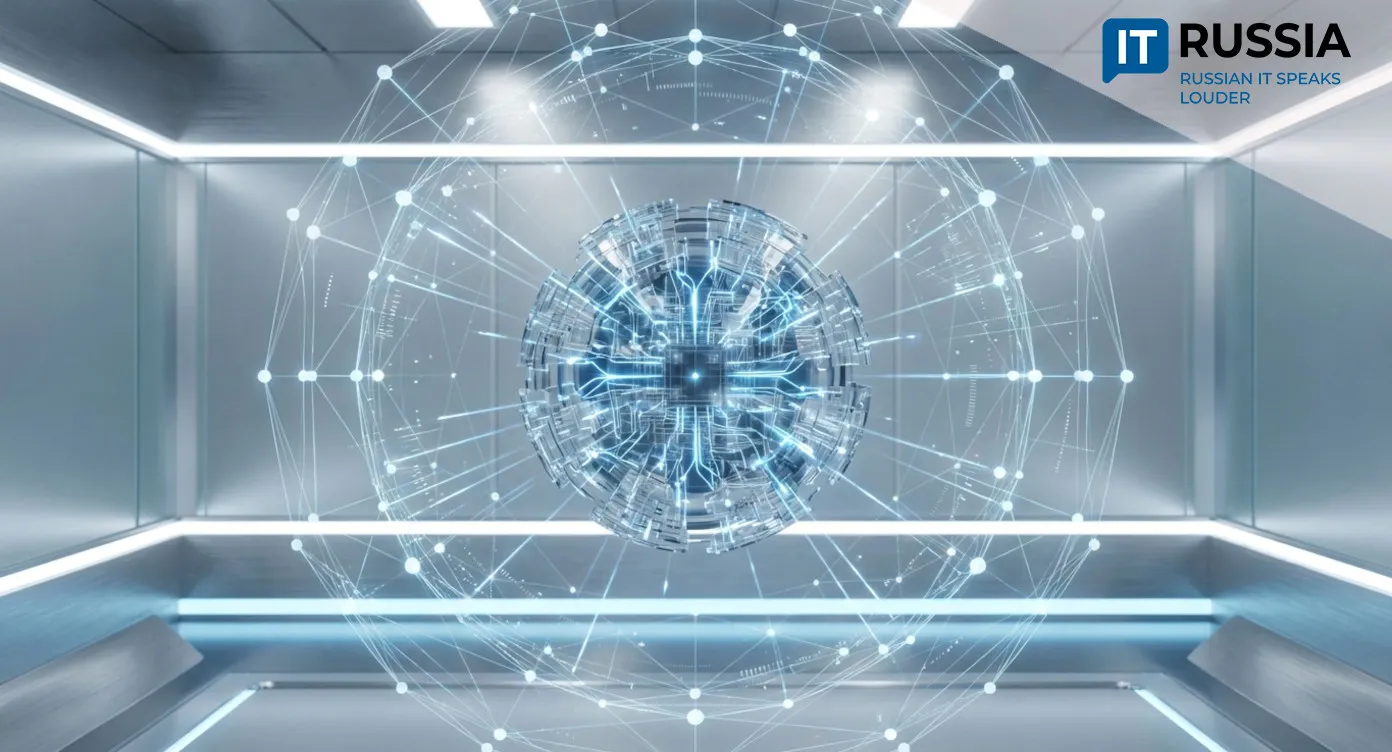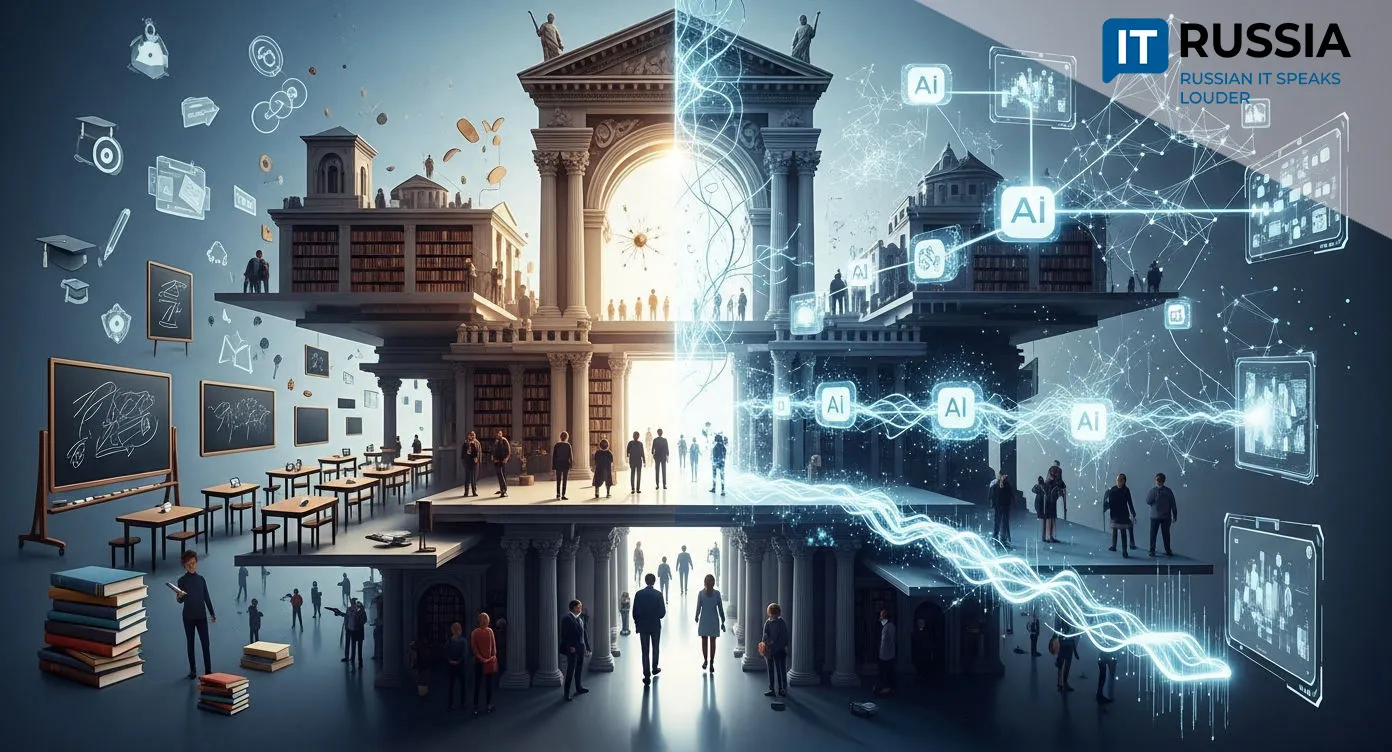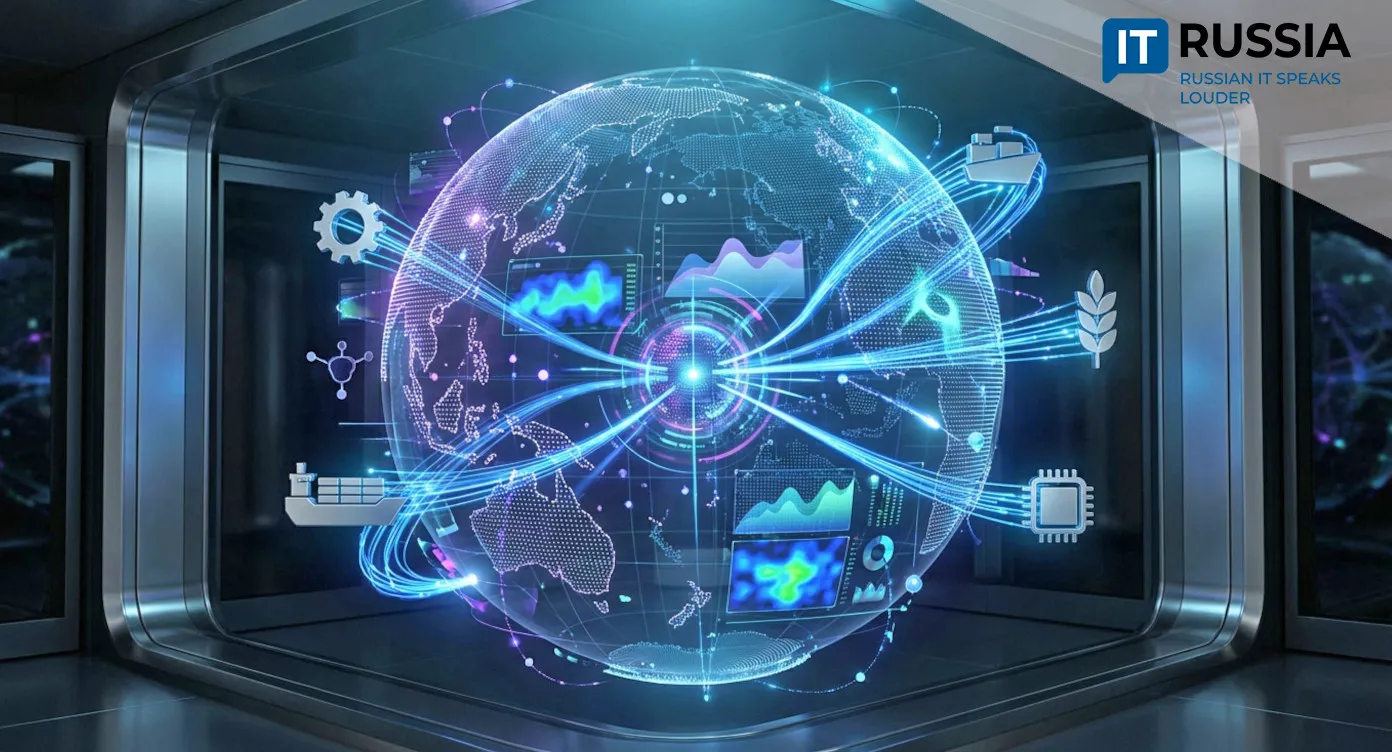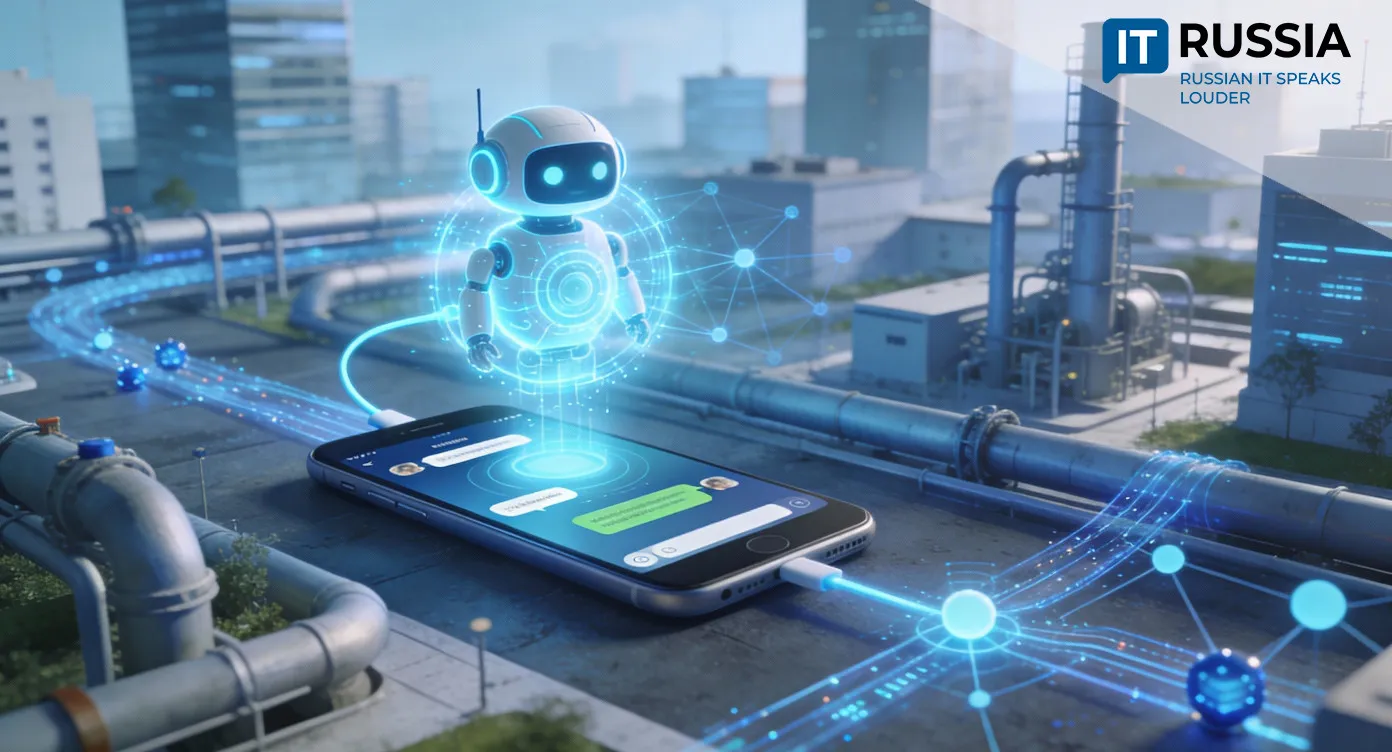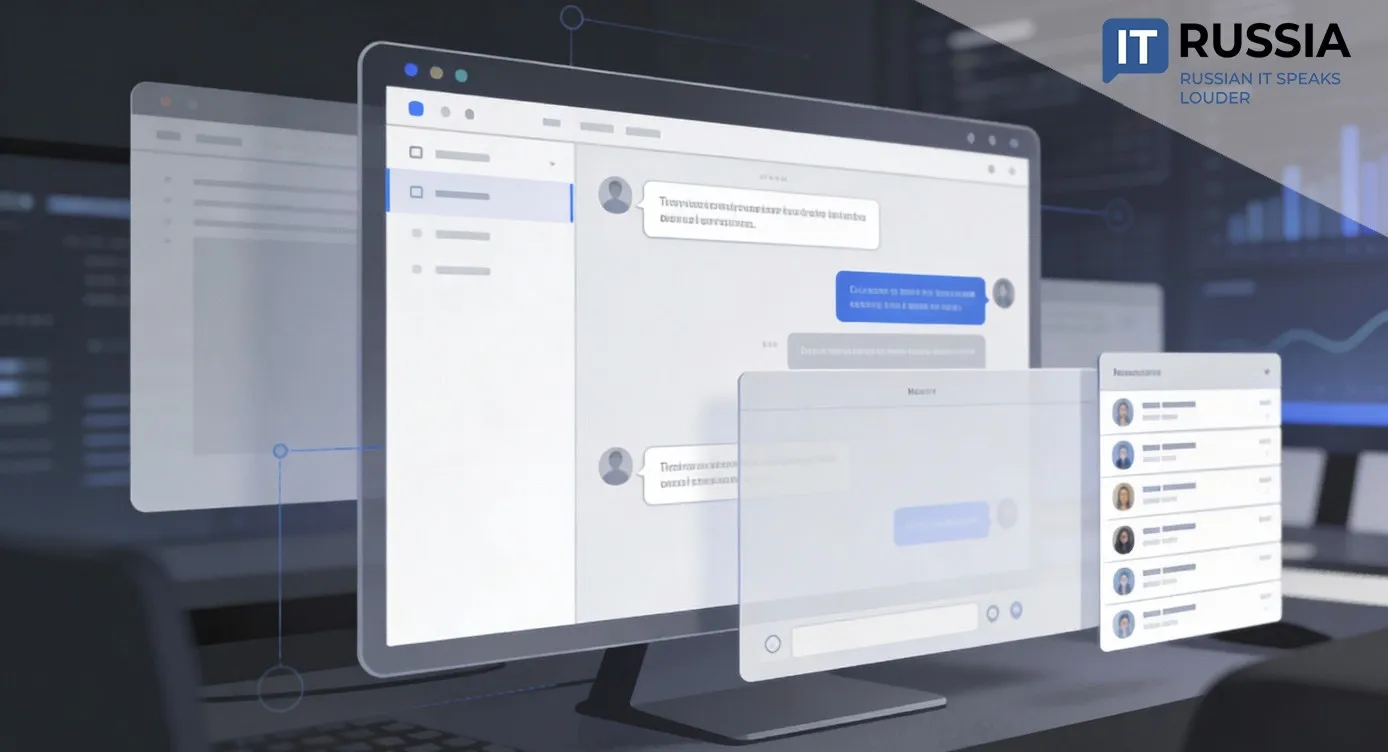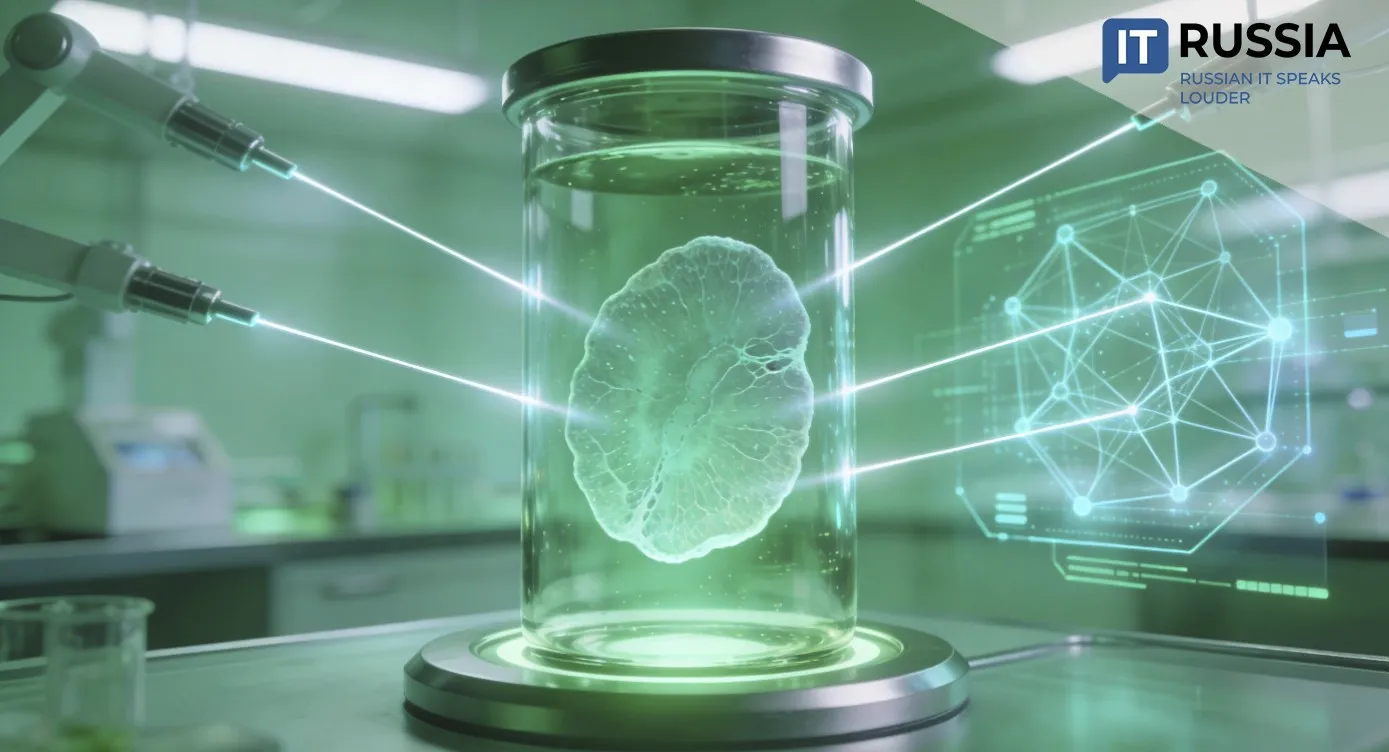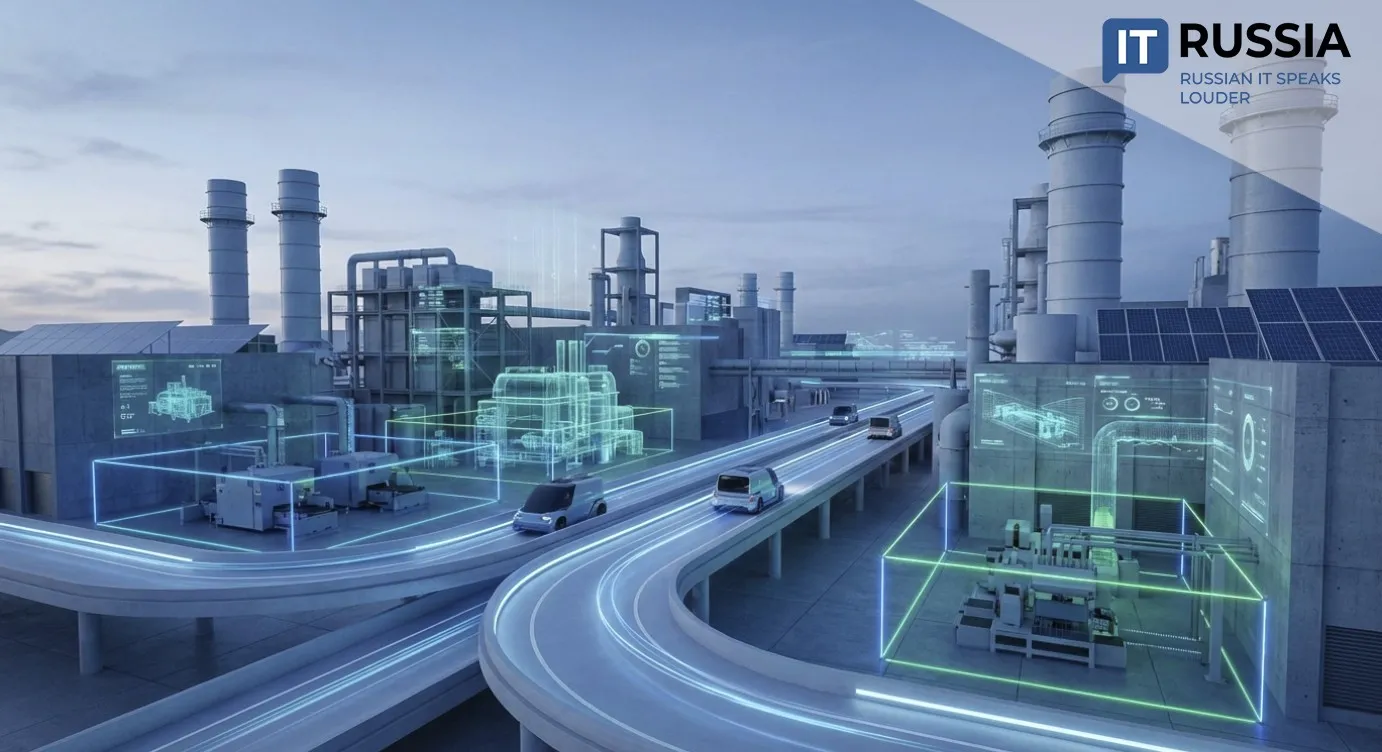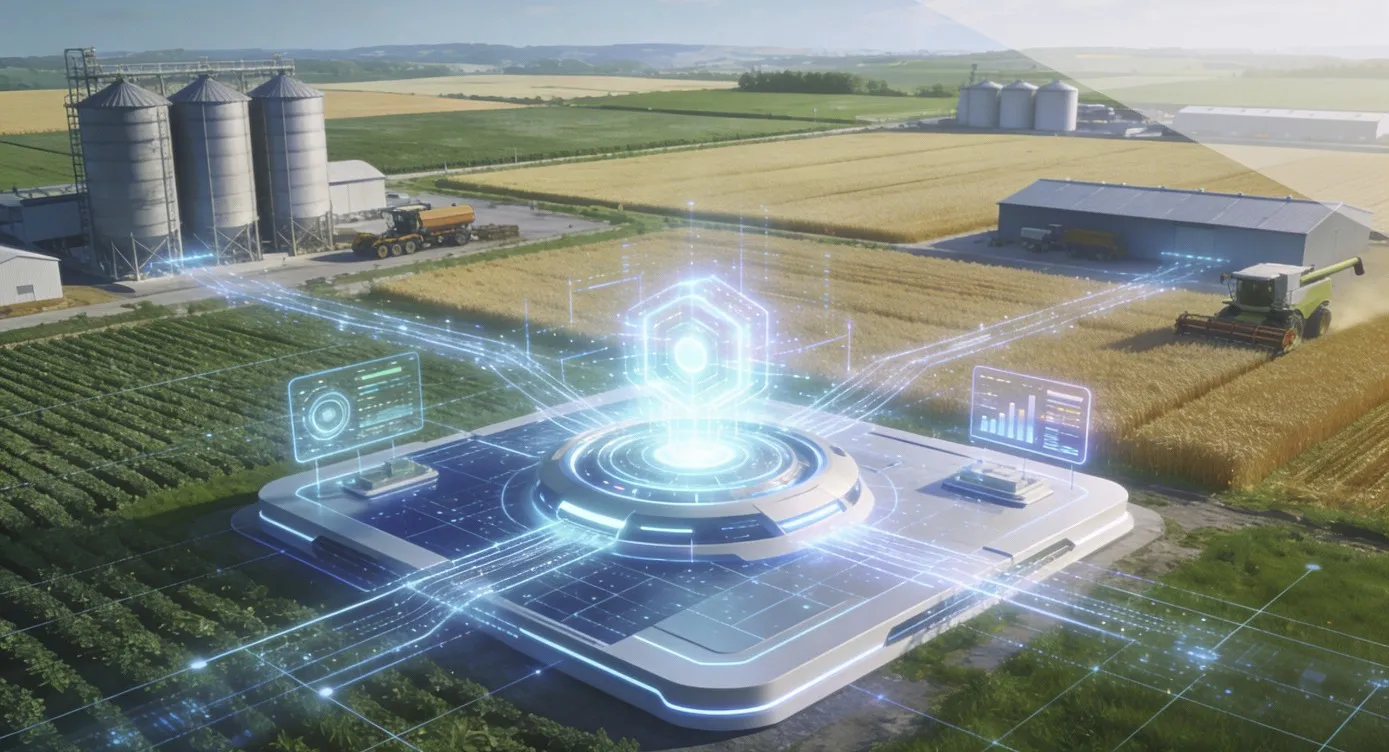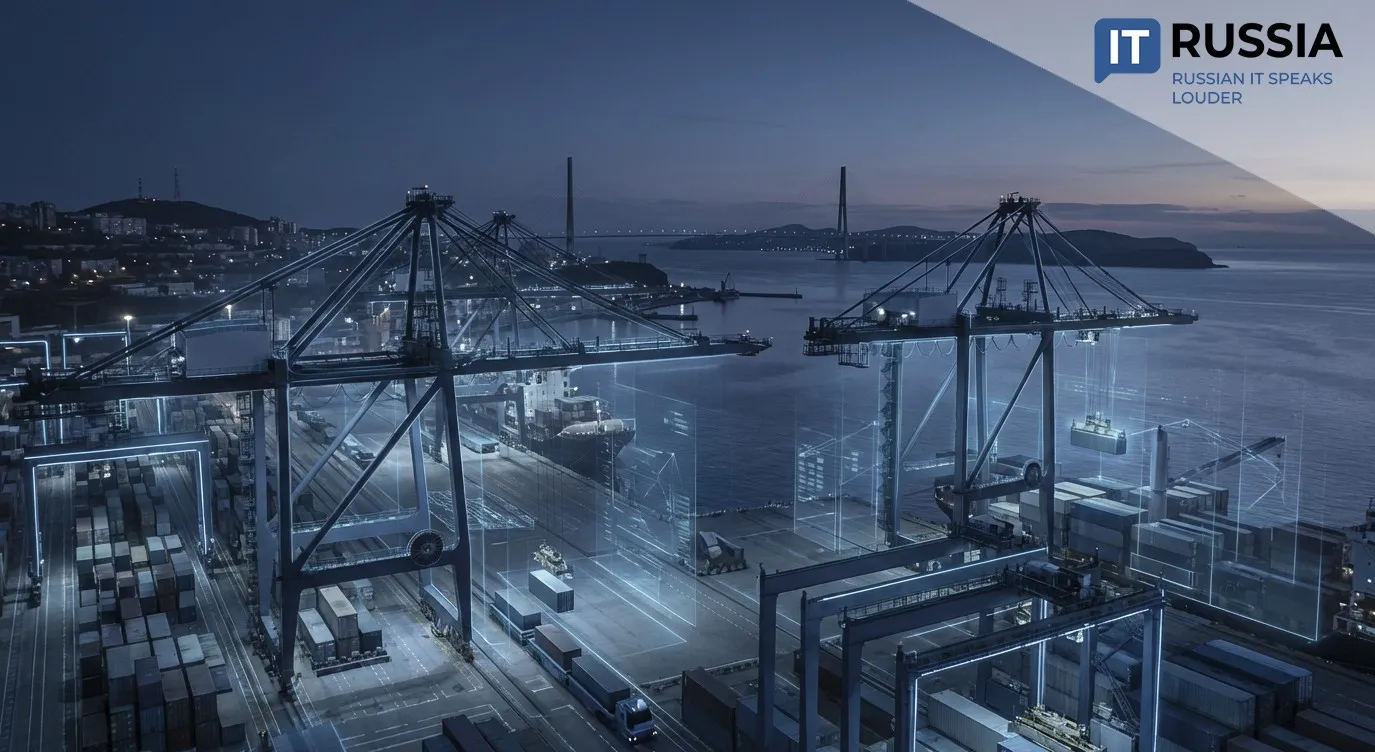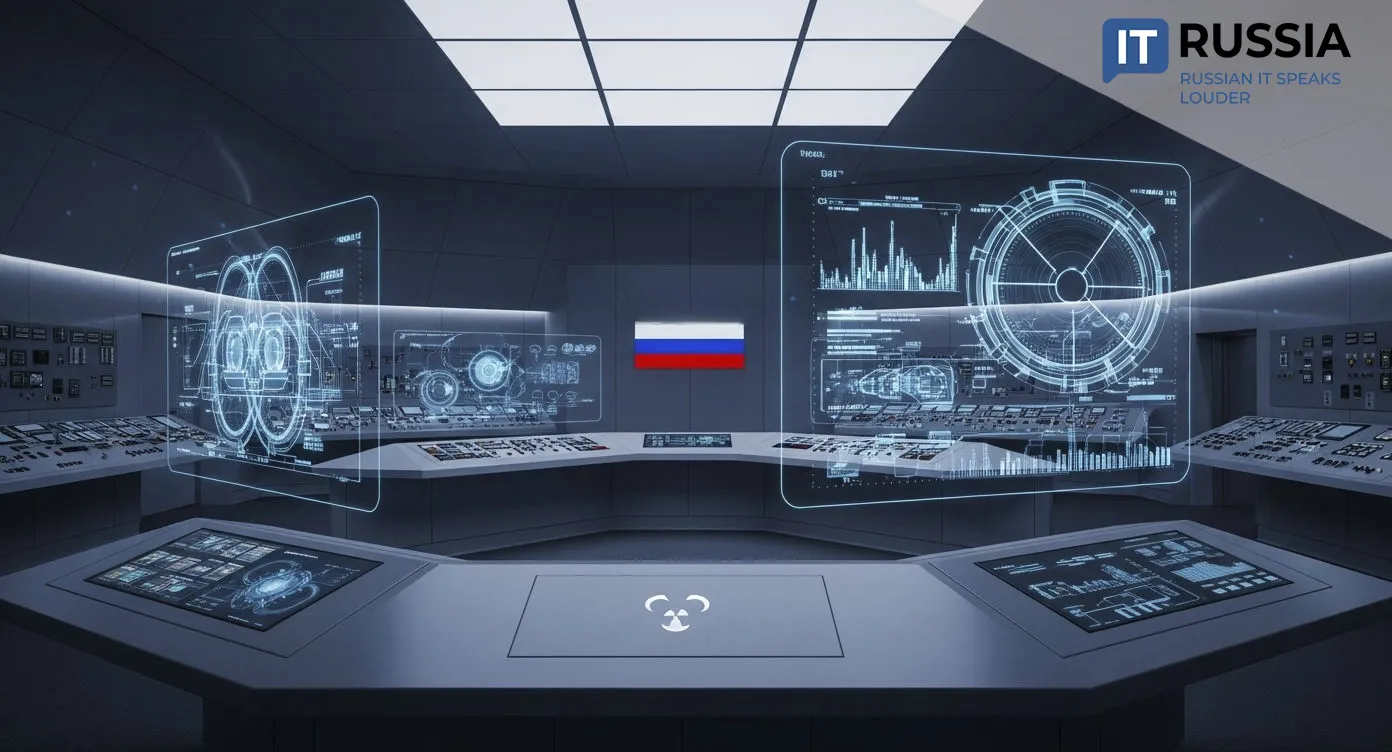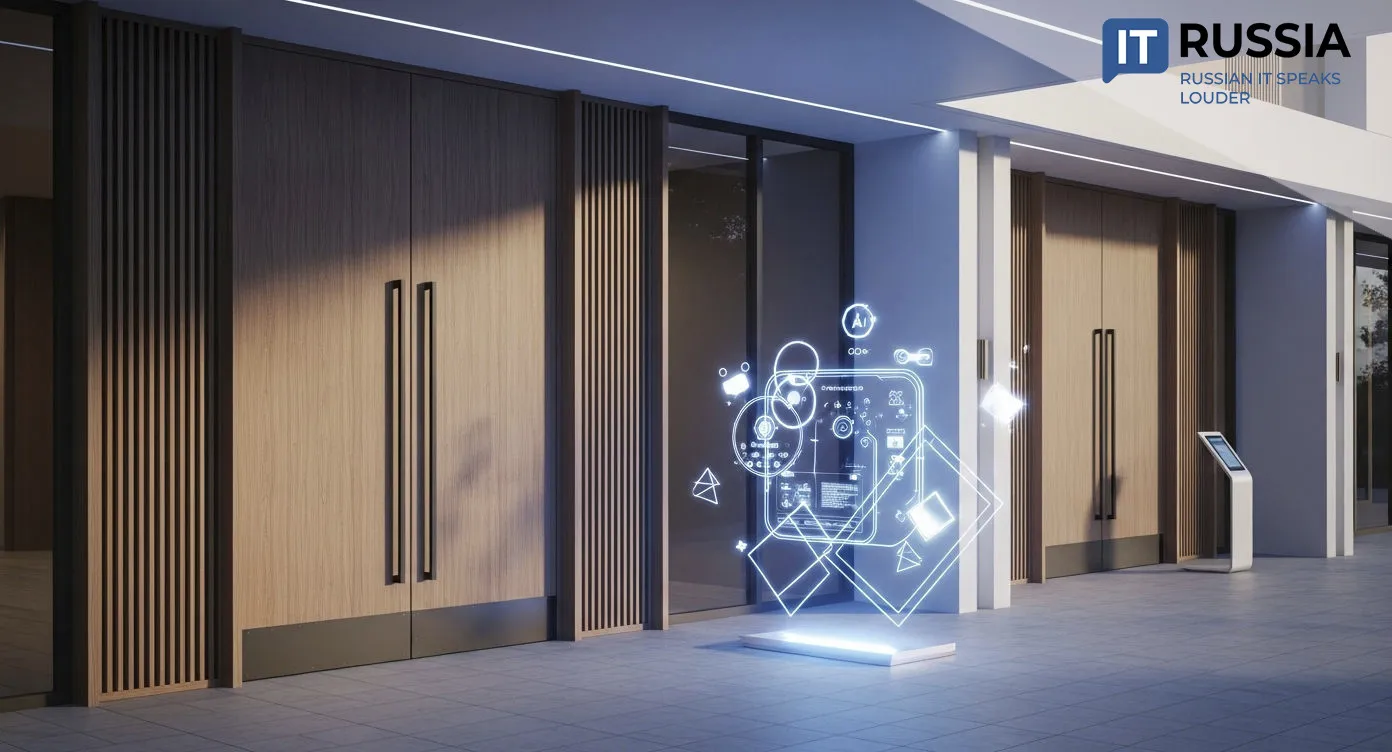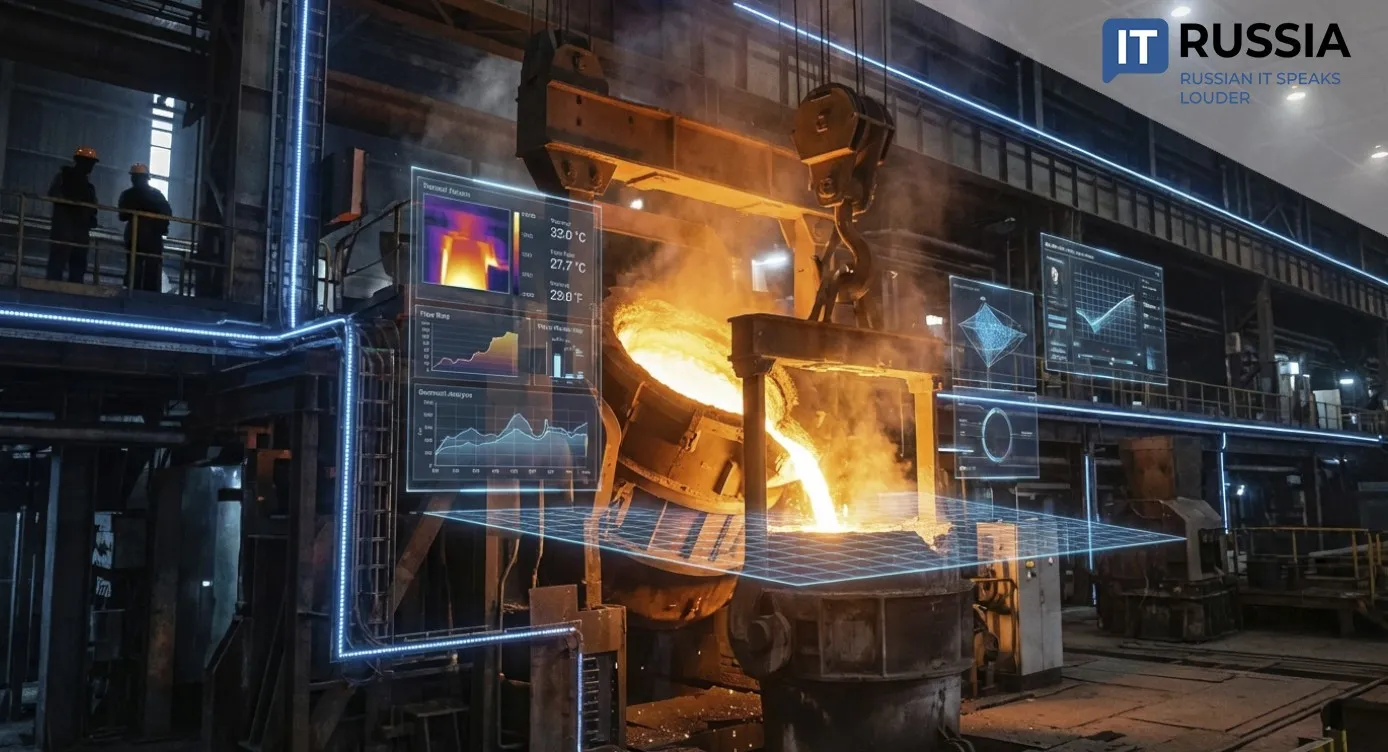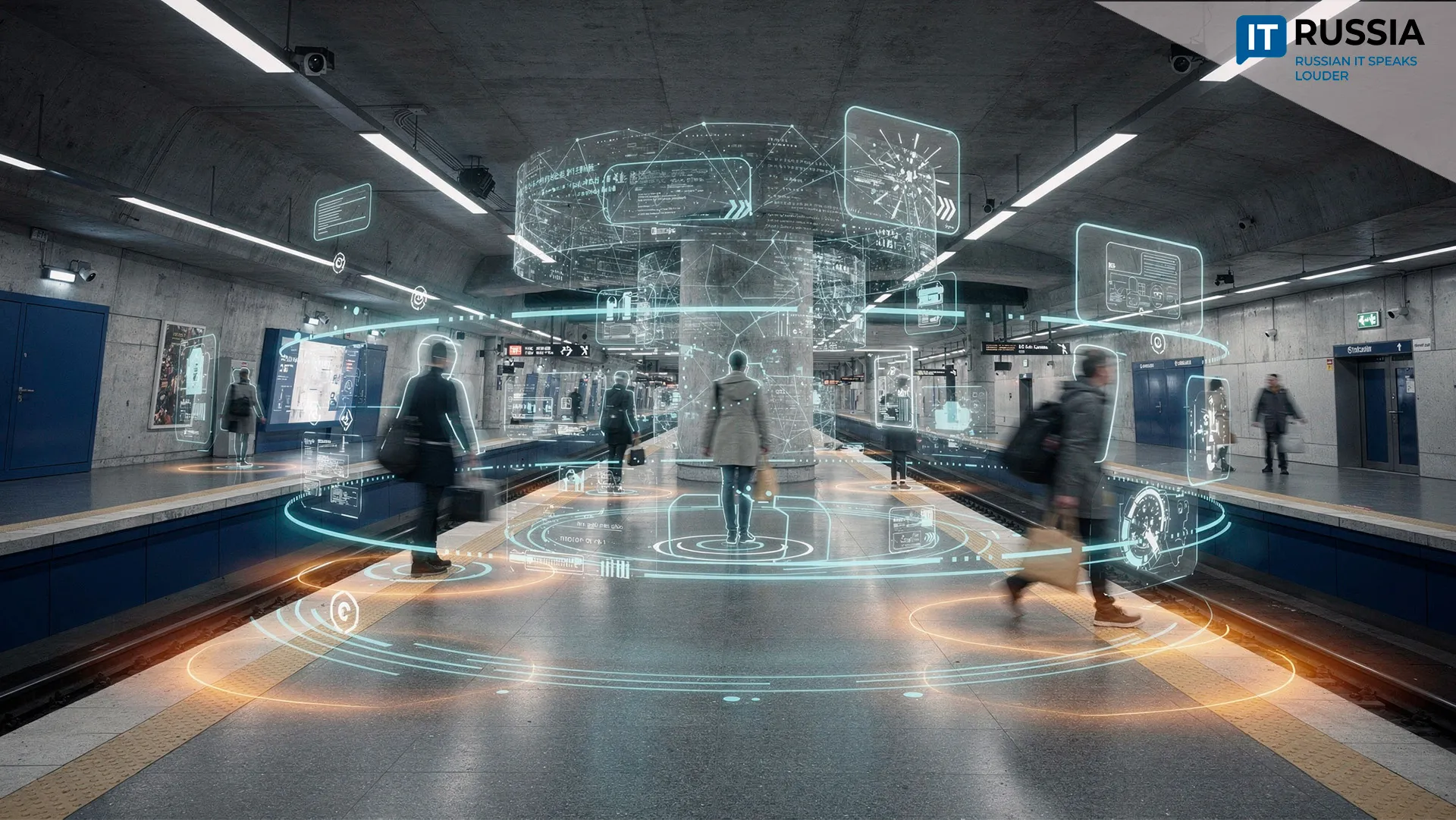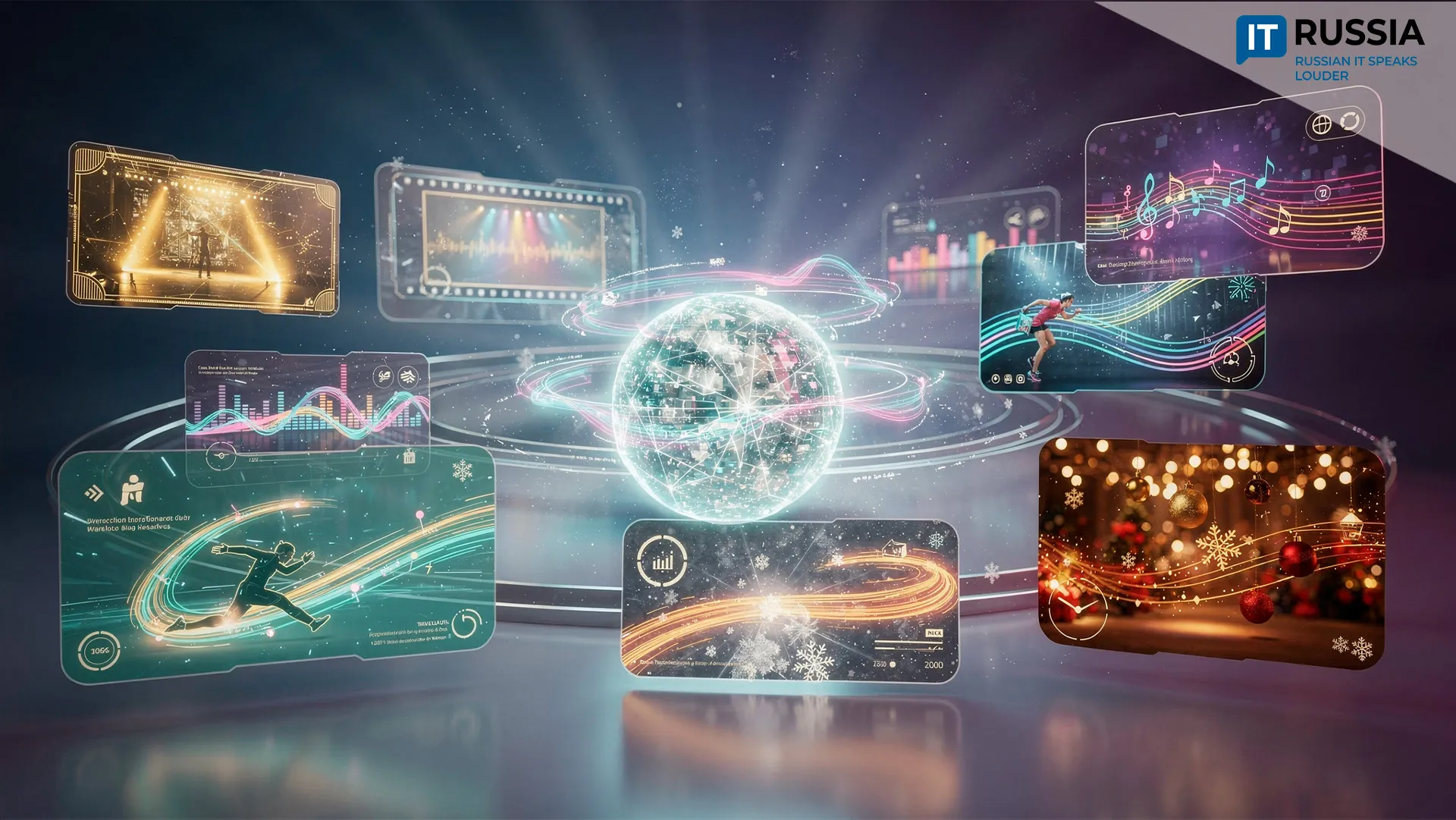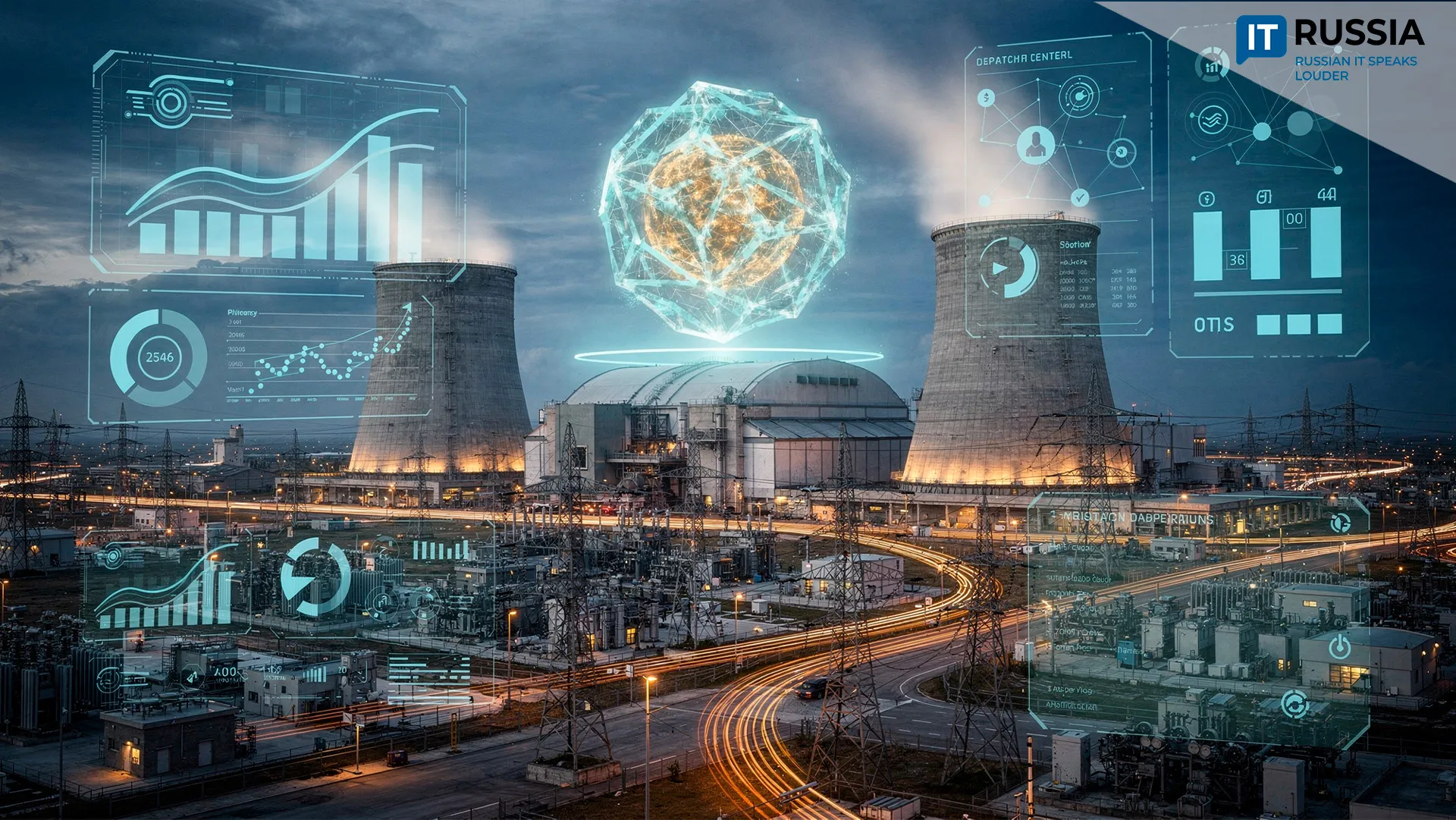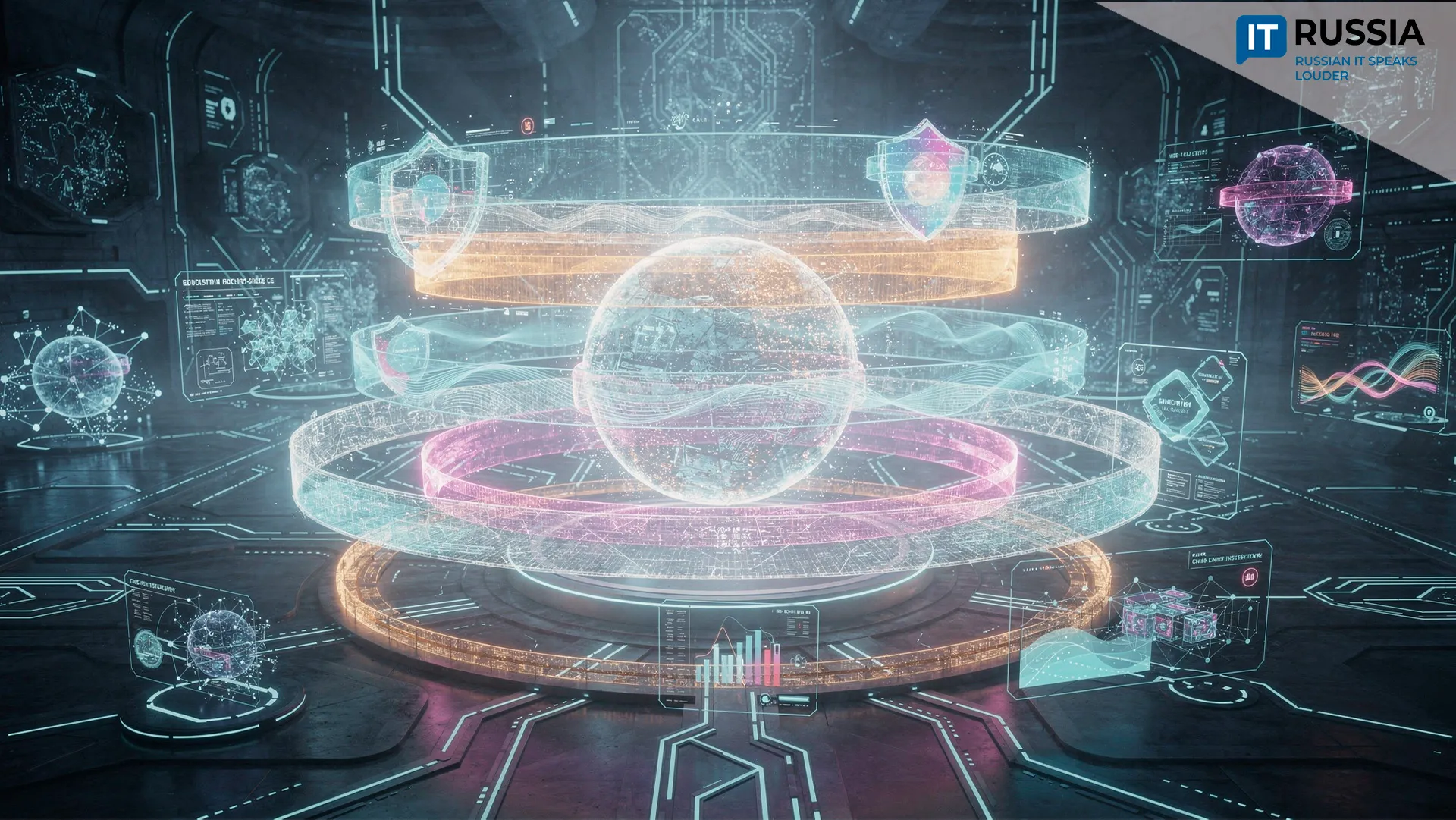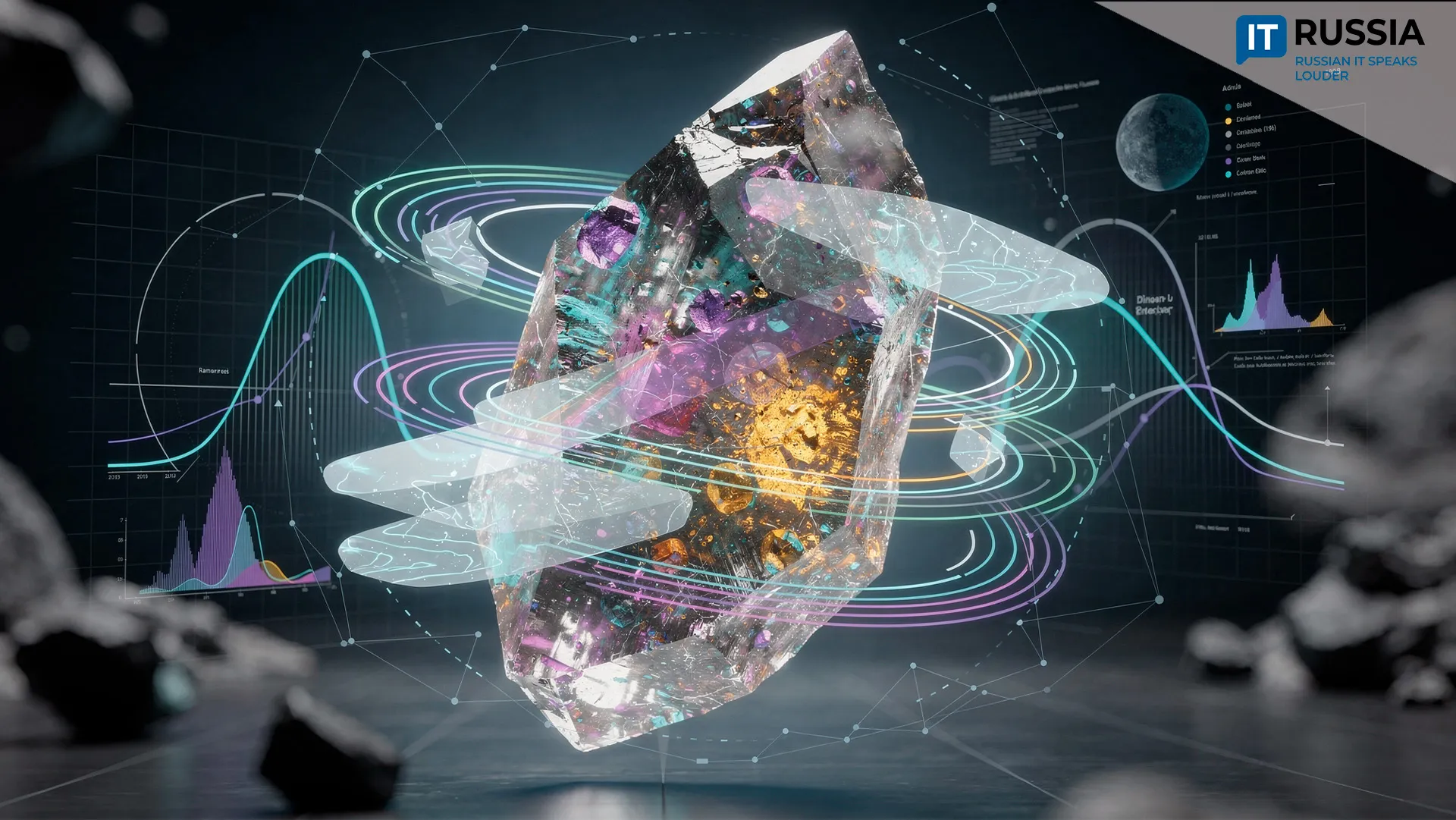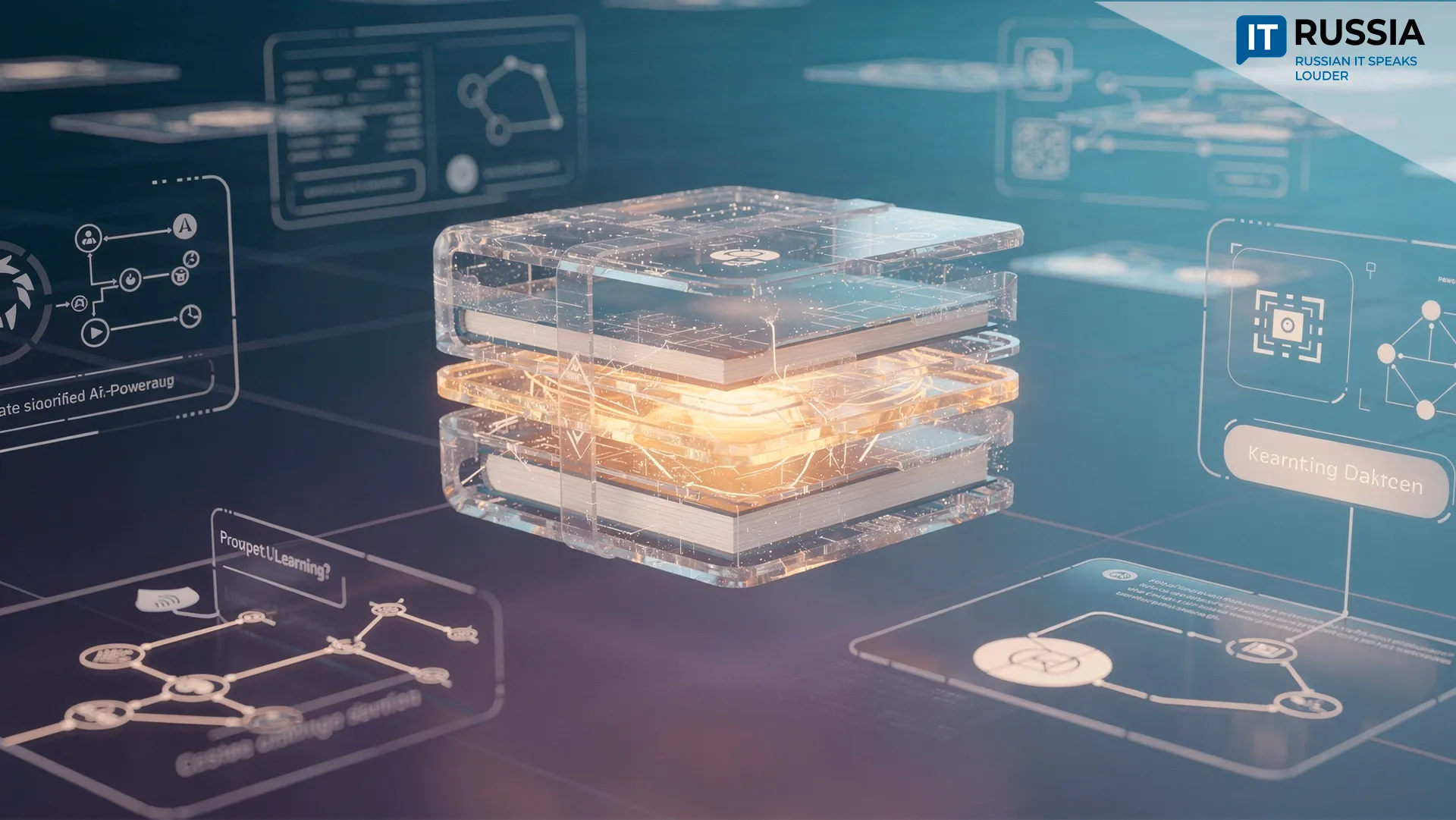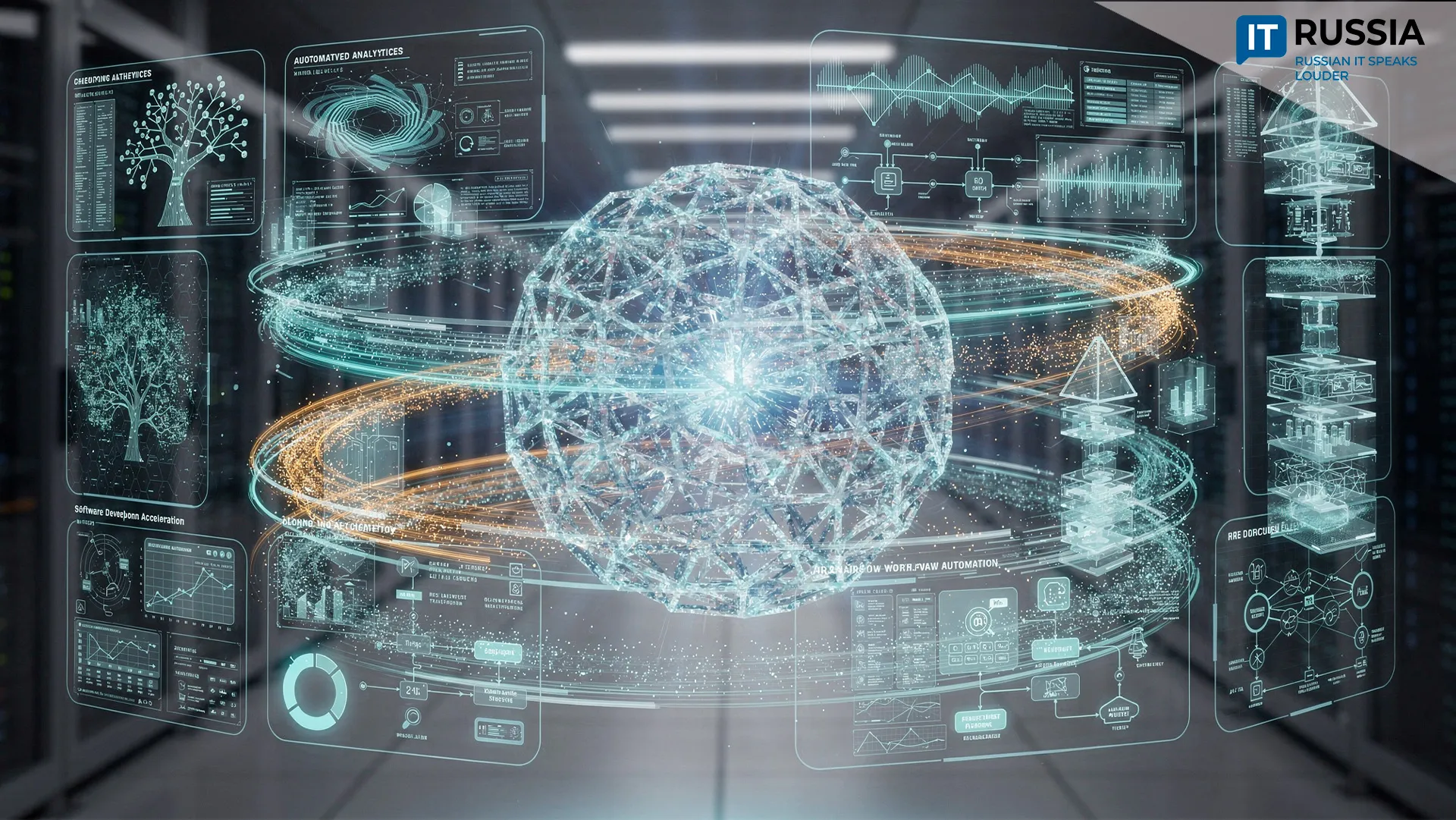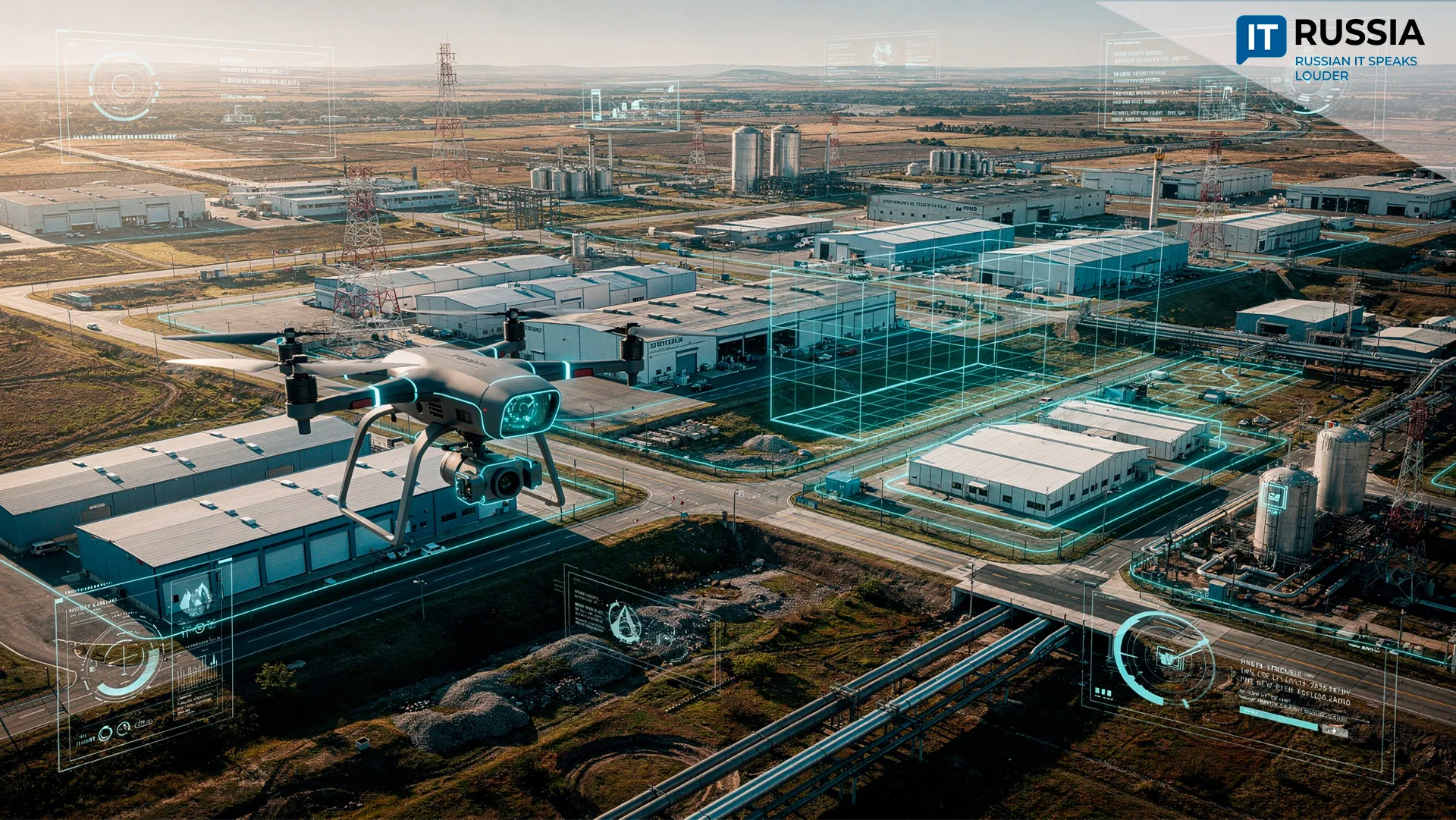Russia’s Scientific AI Ecosystem Is Going Global

Russian universities and research institutes are building a new kind of AI-powered science infrastructure—from supercomputers and multimodal platforms to international laboratories—making fundamental research more open, predictive, and collaborative.
Supercomputers and Data-Driven Discovery
At the heart of Russia’s AI transformation is the Zhores supercomputer at the Skolkovo Institute of Science and Technology (Skoltech), one of the country’s most powerful petaflop-class systems. Zhores supports real-time analysis of massive datasets in chemistry, photonics, biotechnology, and particle physics. It enables researchers to train neural networks for predicting material properties, analyzing complex systems, and optimizing experimental processes.
Crucially, Zhores is part of an open science model: access is extended to researchers in China, CIS countries, and Europe, fostering cross-border collaboration and computational knowledge-sharing.
AI in Multidisciplinary Mega-Science Projects
The SYNCHROTRON-LASER facility (SILA), based at Russia’s National Research Center Kurchatov Institute, integrates synchrotron radiation with high-power lasers. This platform supports atom-scale studies of materials and biomolecules. AI tools embedded in the system automate data analysis, improve measurement precision, and forecast system behavior.

Such mega-facilities are becoming gateways for collaborative science—especially valuable for Global South countries lacking access to large-scale research infrastructure.
Biophysics and Bioinformatics Get an AI Boost
Moscow State University’s Belozersky Institute and the Shemyakin-Ovchinnikov Institute of Bioorganic Chemistry are using AI to study electron transport in proteins—a process central to drug design and molecular biology. Machine learning algorithms help simulate charge transfer and model therapeutic interactions.
Meanwhile, the Institute for Mathematical Problems of Biology (IMPB RAS) is advancing computational biology, using ML and informatics for genomics and molecular dynamics. These efforts are training a new generation of scientists fluent in both biology and code.
Infochemistry and Cognitive Chemistry at ITMO
At ITMO University in St. Petersburg, scientists are fusing optics, informatics, and chemistry into multimodal AI systems. Their focus is infochemistry—a field that explores how chemical systems transmit information. Joint laboratories with foreign institutions are applying AI to reaction prediction, catalysis optimization, and materials design.
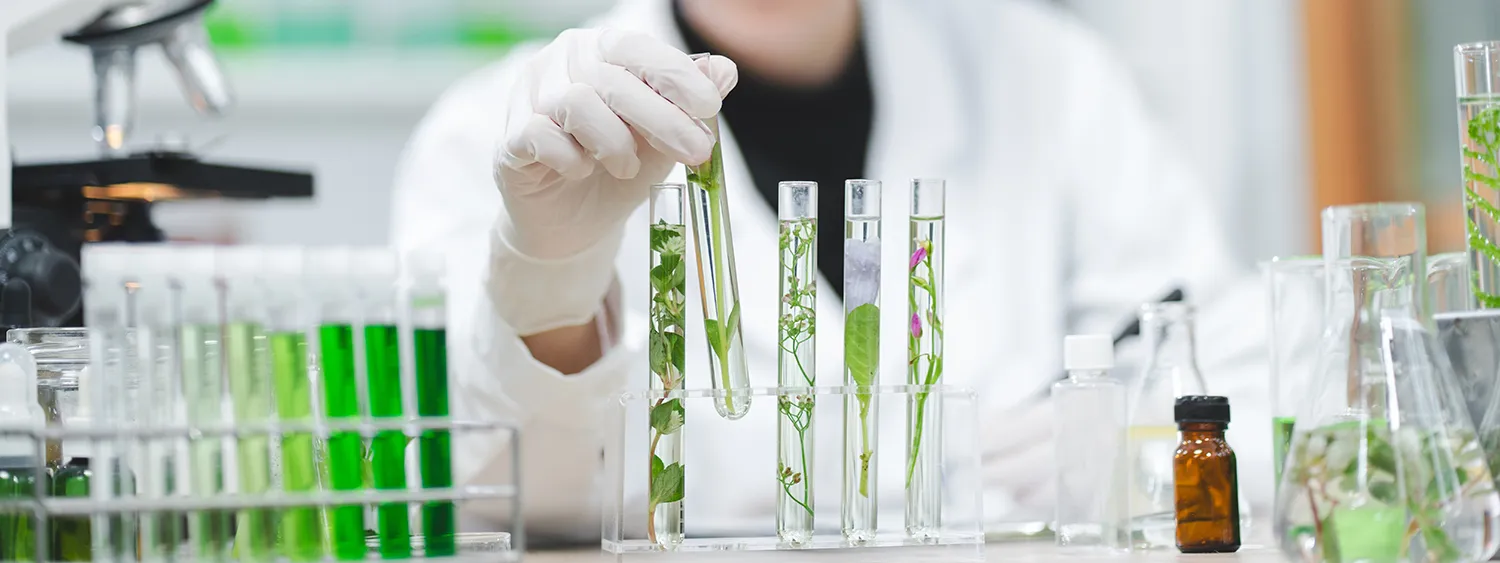
These solutions are already contributing to international projects and offer a transferable model for countries seeking high-impact, cost-effective R&D pathways.
Why It Matters for the Global South
For many nations, Russia’s AI science model offers both access and partnership. Supercomputing resources and analytical tools—previously out of reach—are now shared through joint labs and open platforms. This enables countries to leapfrog infrastructure barriers and build scientific capacity in fields like biophysics, genomics, and materials science.
Russia also supports workforce training through collaborative education programs and research fellowships, making its approach more than an export—it’s a long-term alliance.
AI as a Bridge for Scientific Solidarity
AI is reshaping how science is done in Russia—and how it’s shared globally. At a time when health, energy, and environmental challenges require coordinated innovation, Russia’s collaborative AI-driven model demonstrates that science can transcend borders.
Its growing scientific AI ecosystem is not just a national achievement. It’s a potential blueprint for inclusive, international science that brings emerging economies into the global research conversation.



